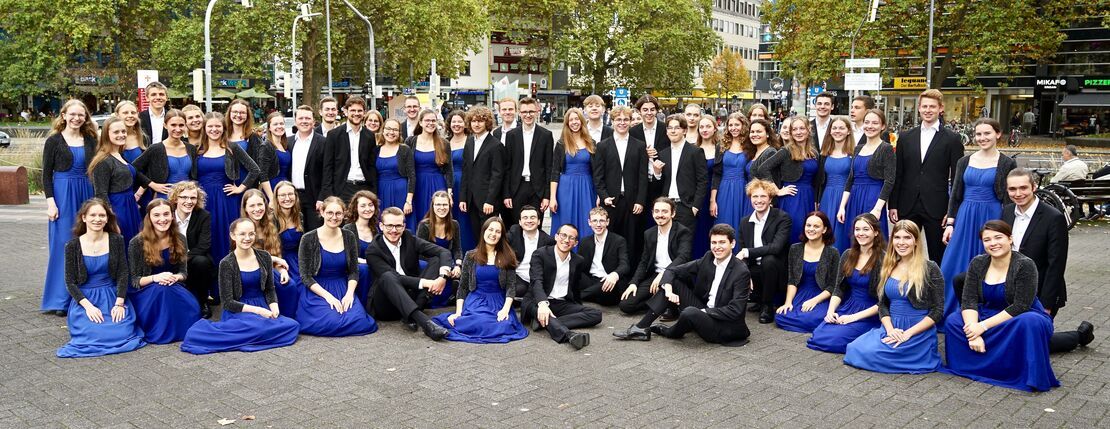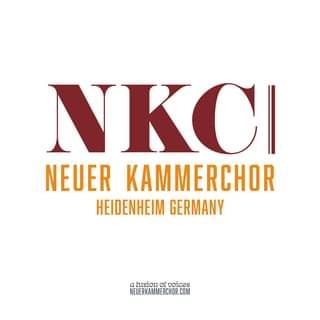
Neuer Kammerchor around the World
vakantio.de/neuerkammerchorgoesbrazil
South Africa Day 4 - Visit to iThemba Labantu
ପ୍ରକାଶିତ |: 21.05.2024
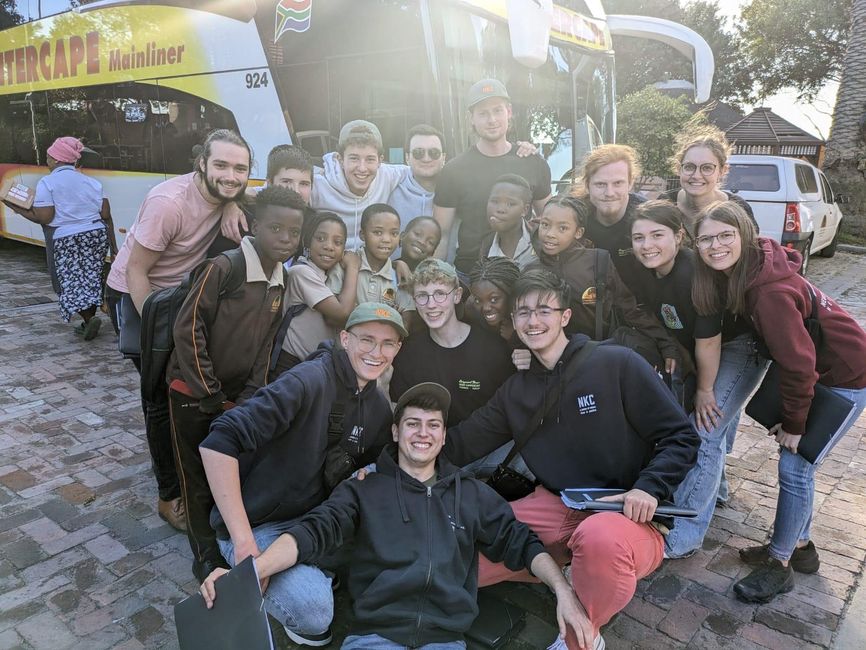
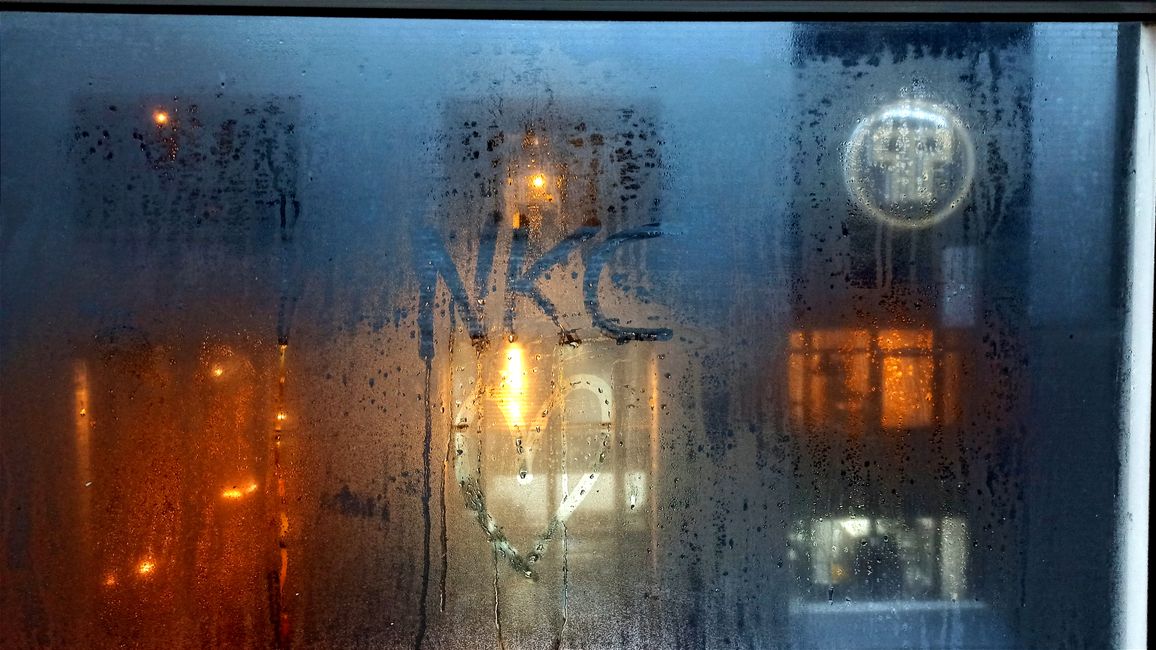
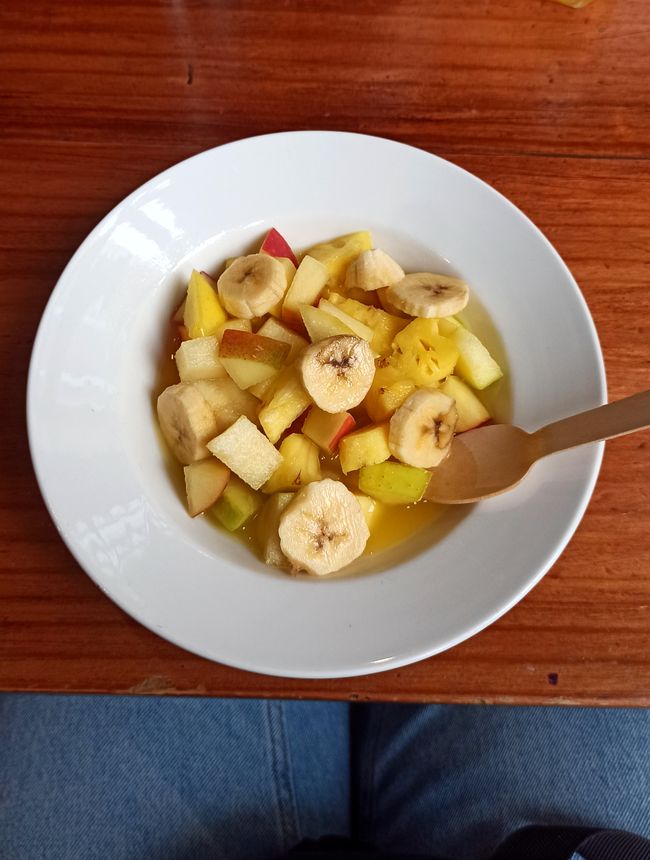
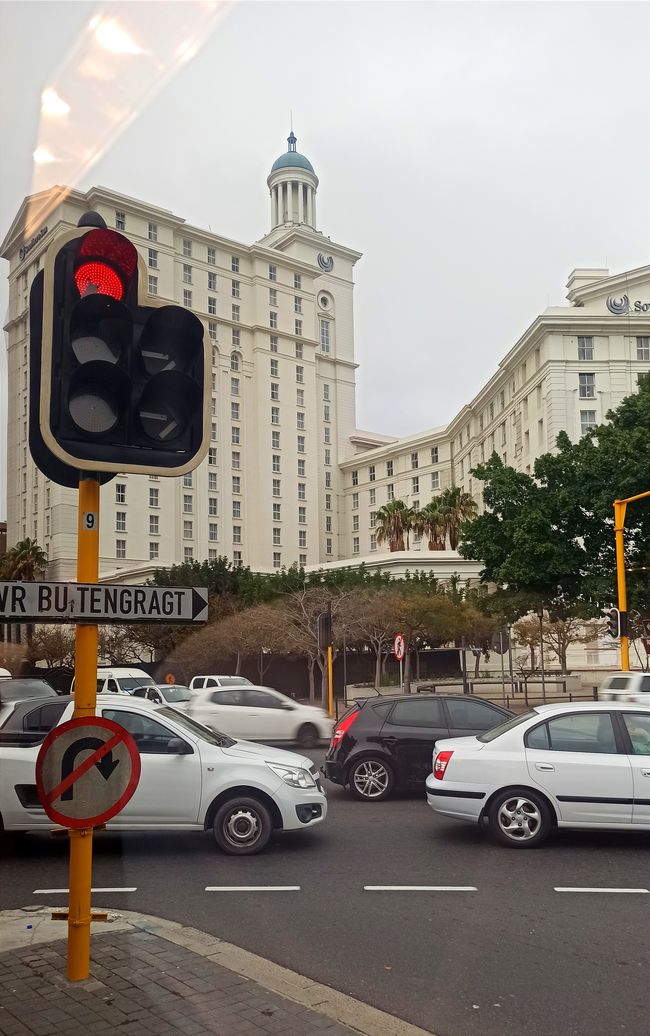
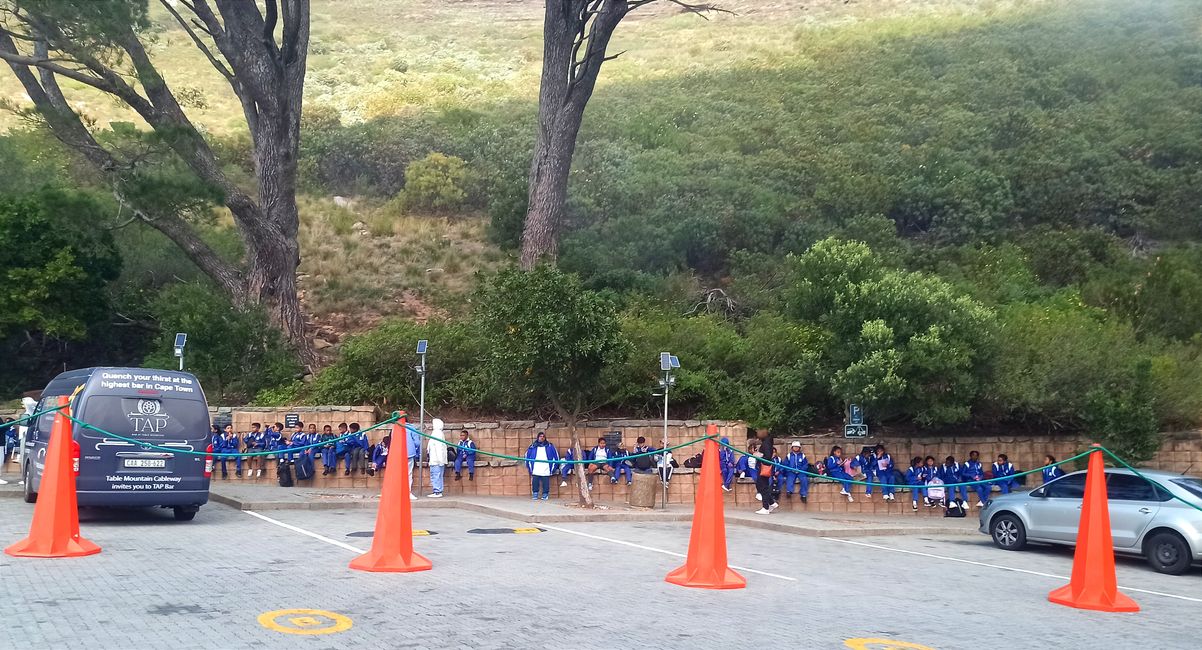


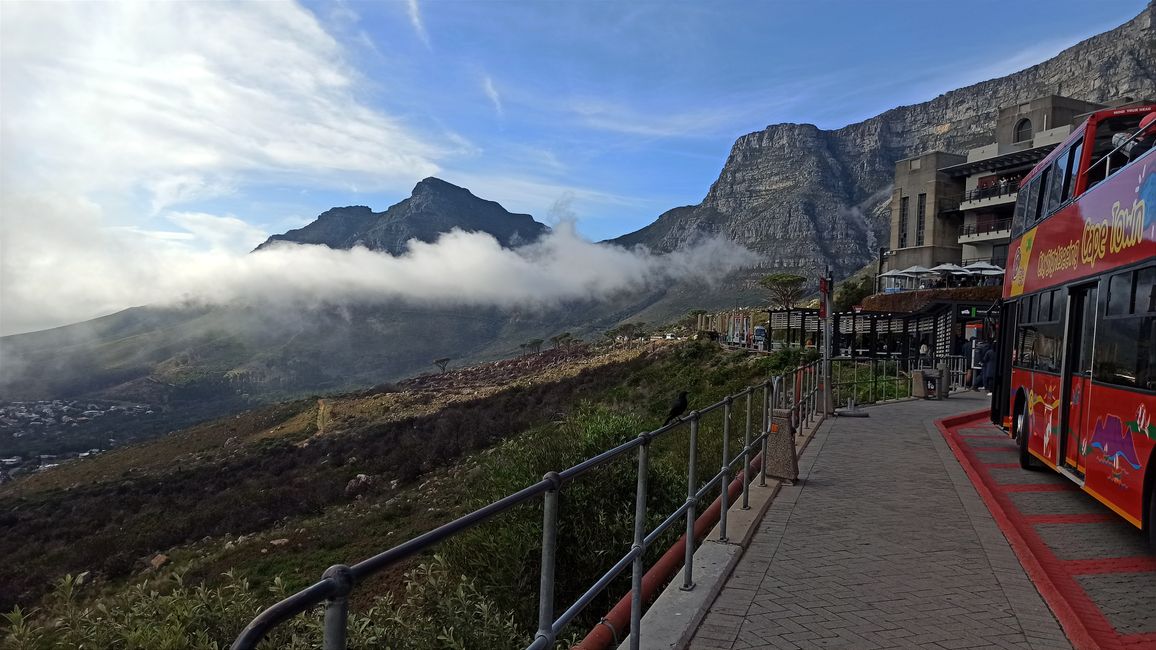
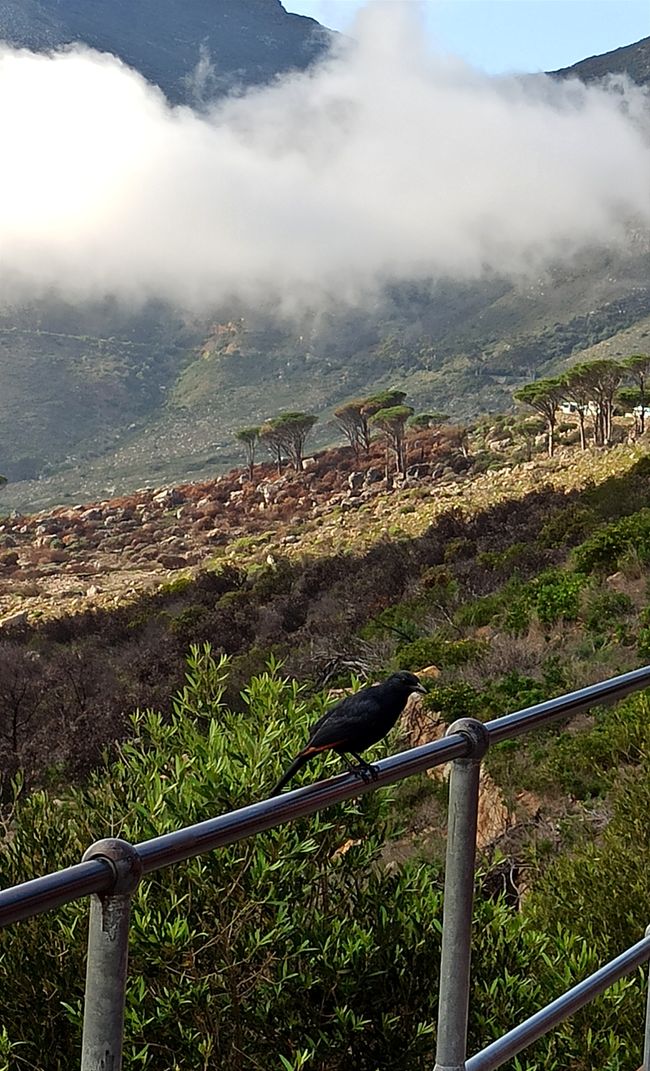

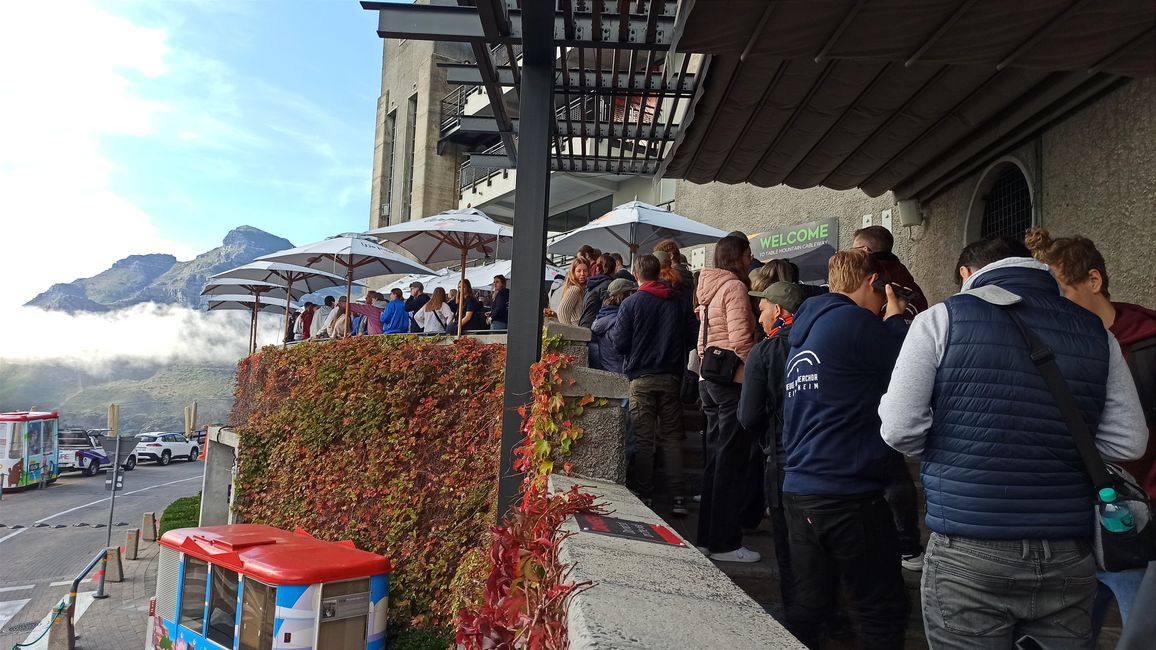
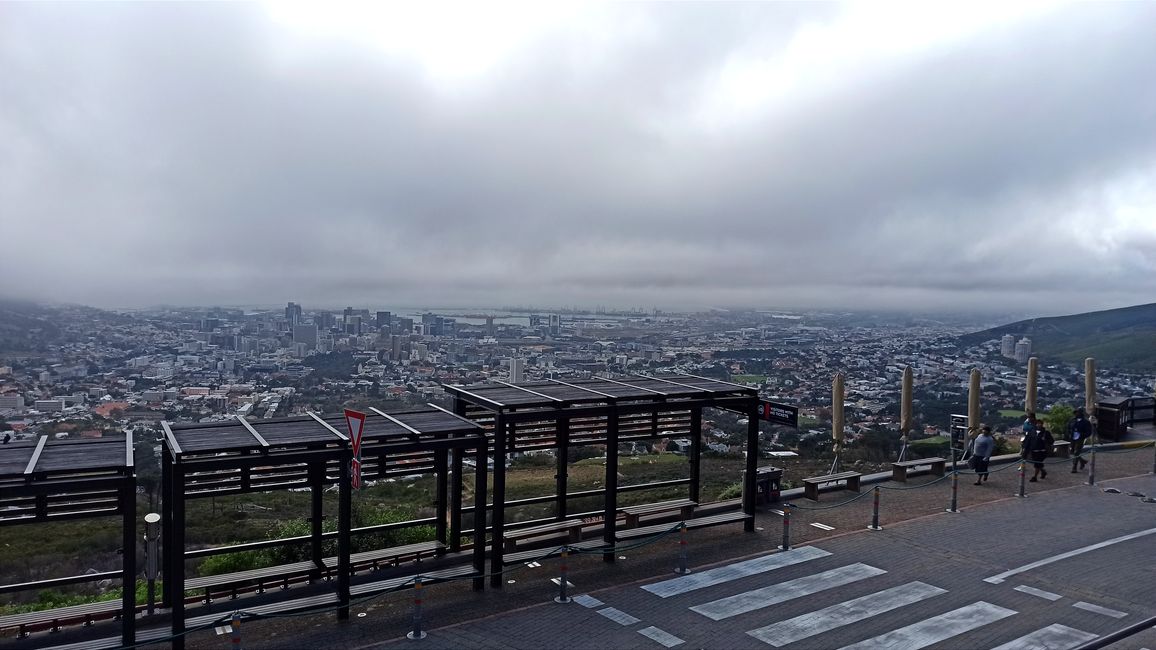
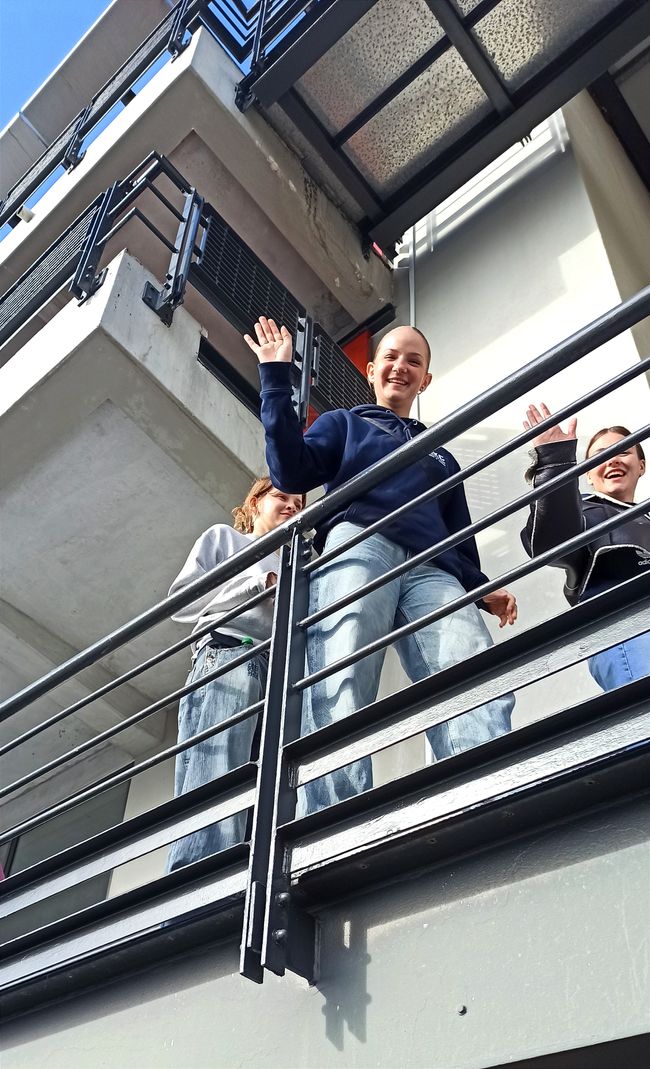
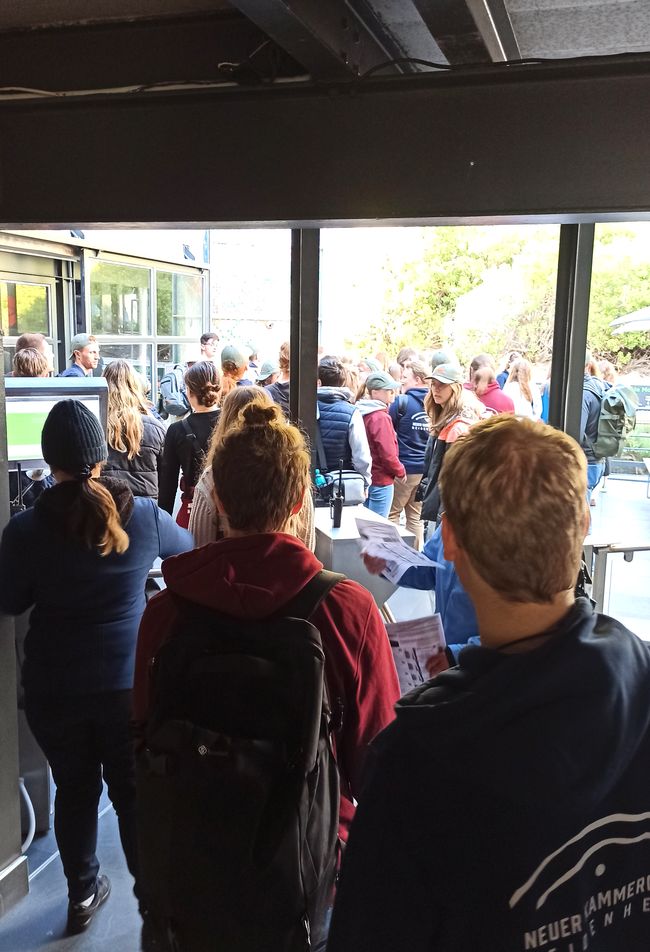
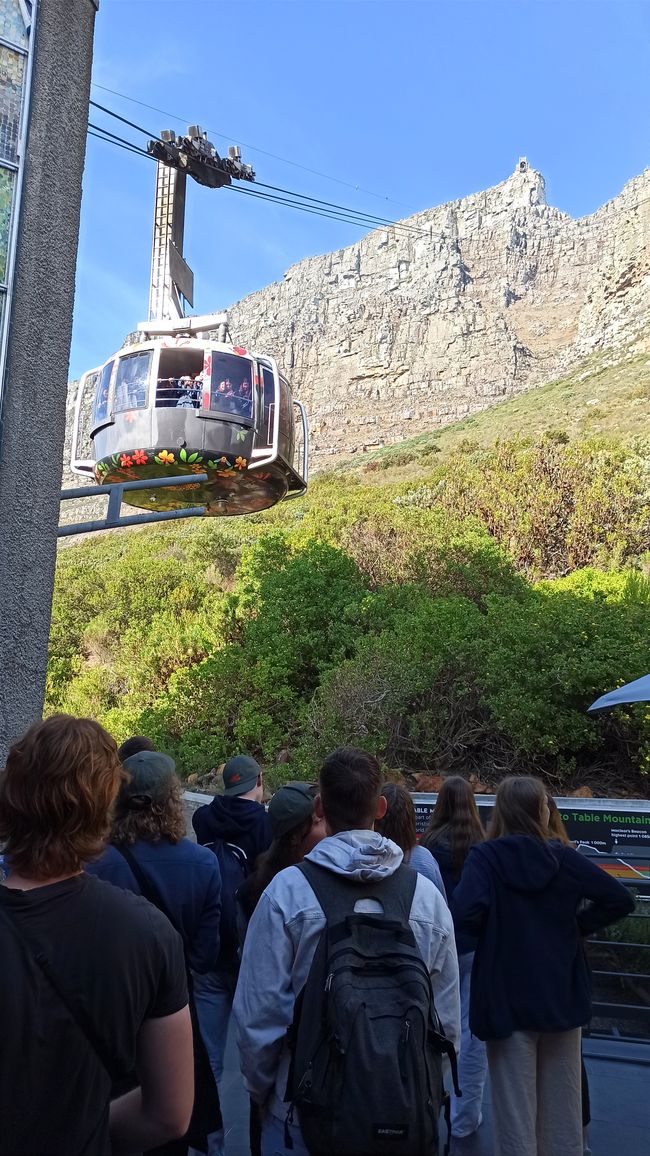
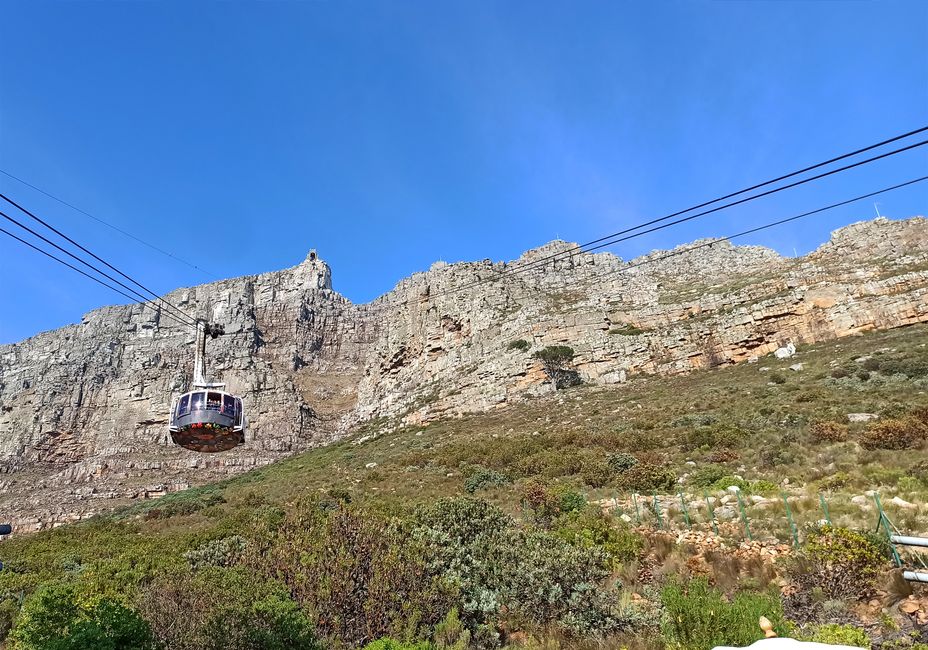
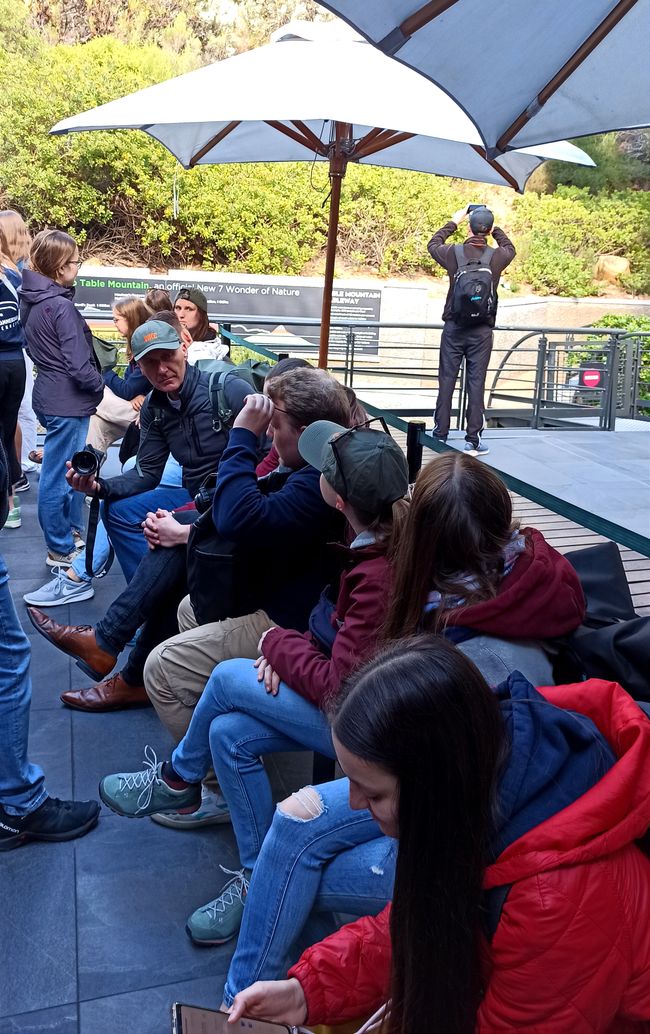
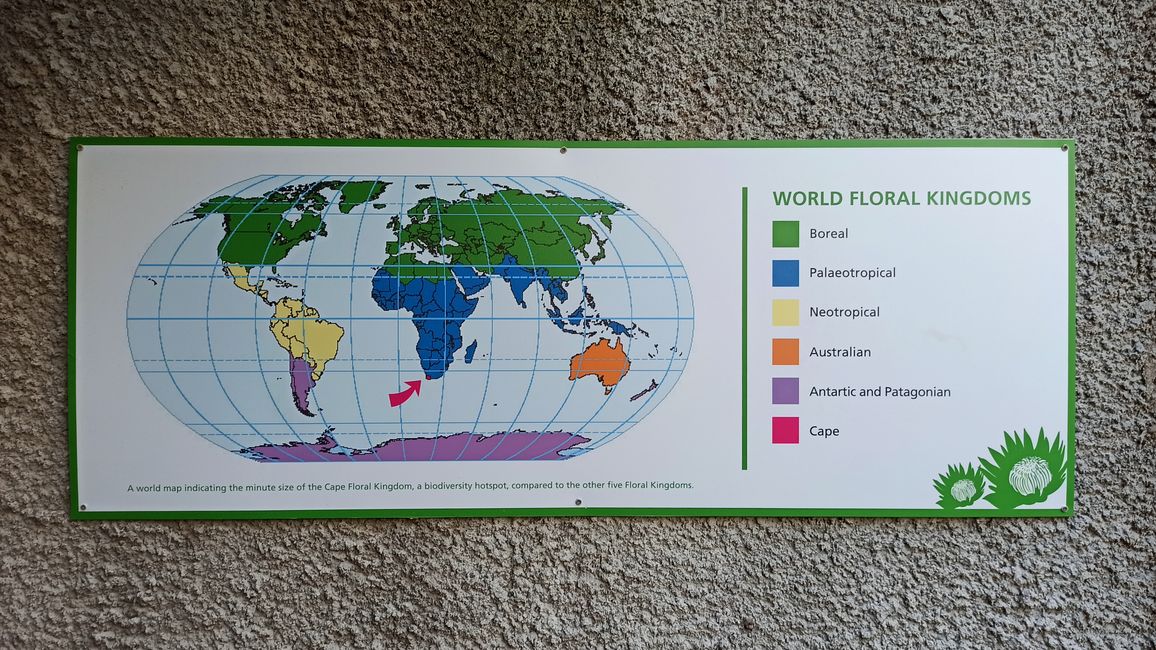
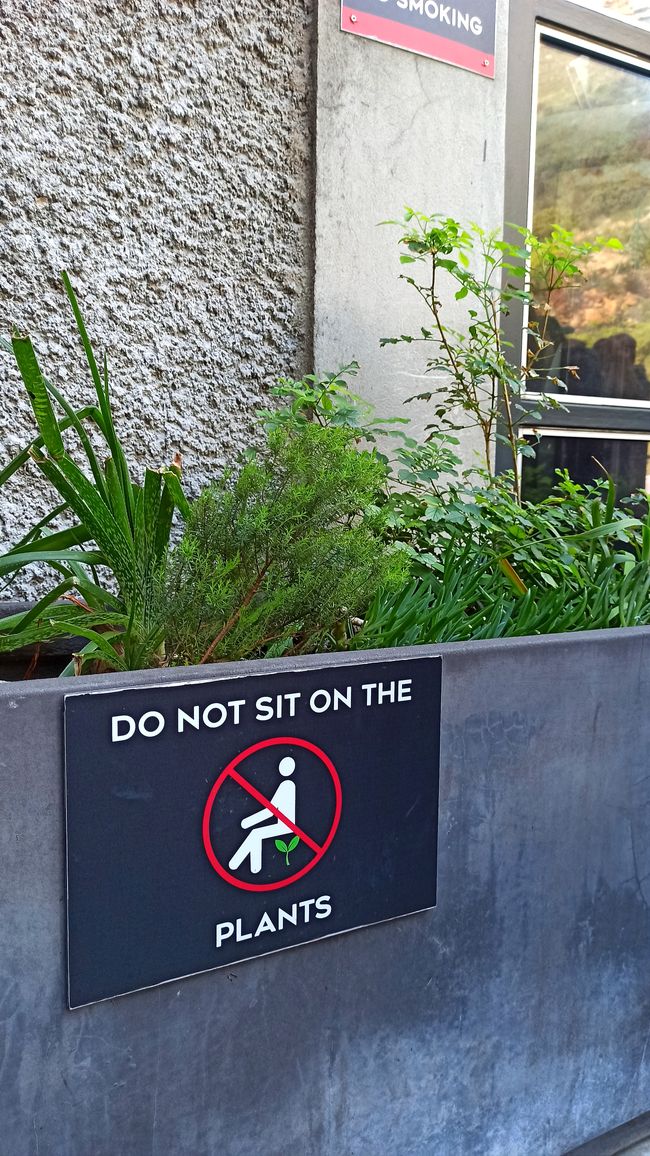
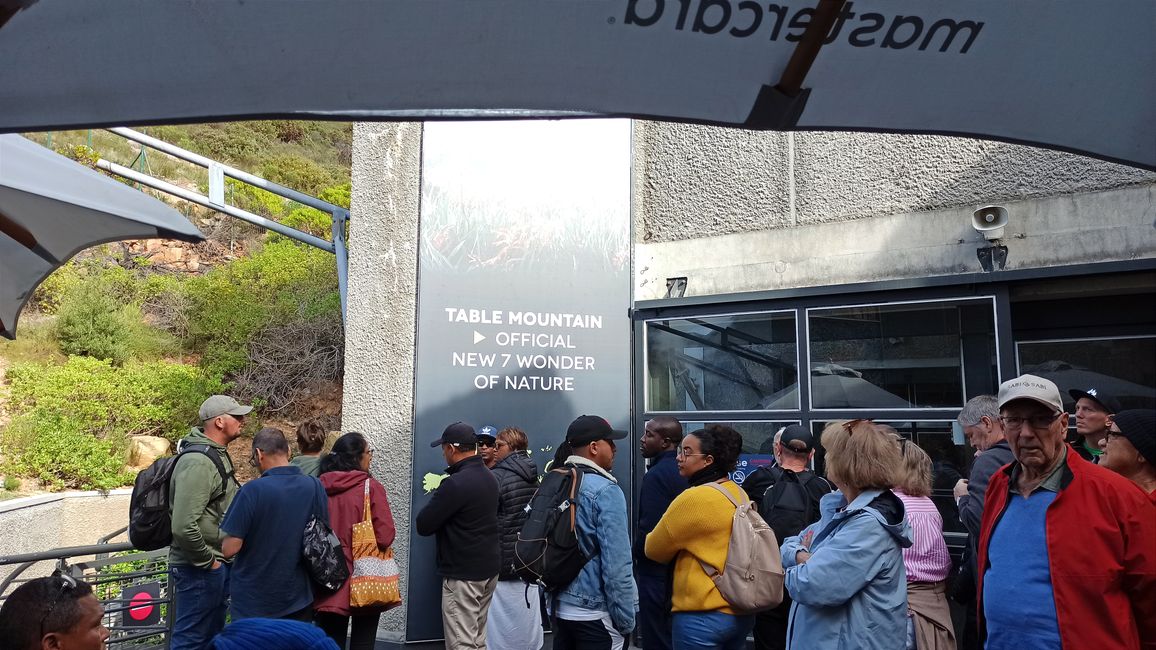
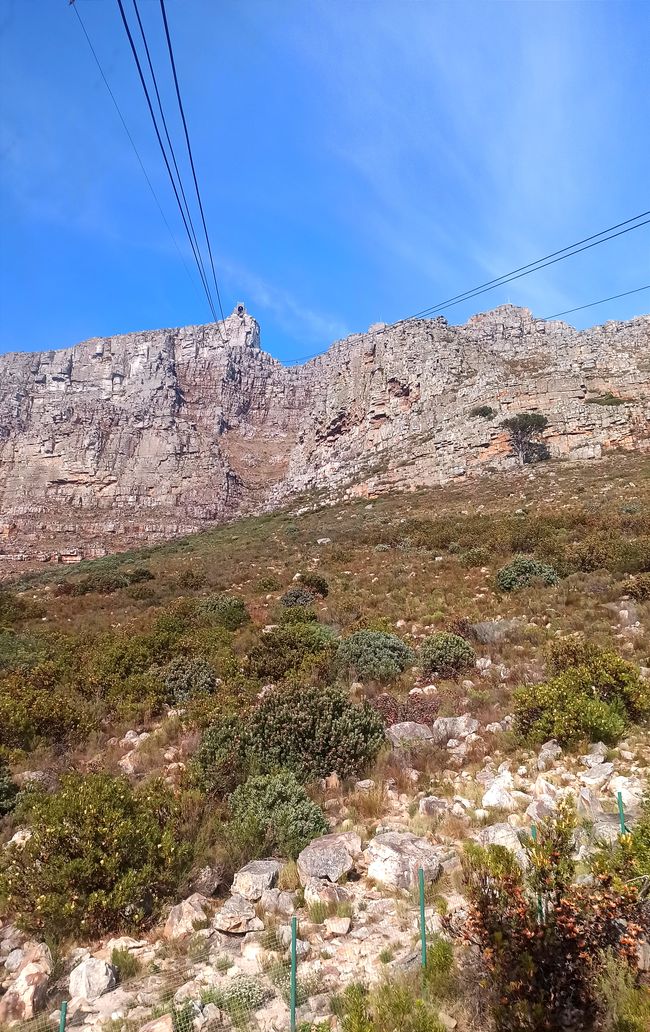
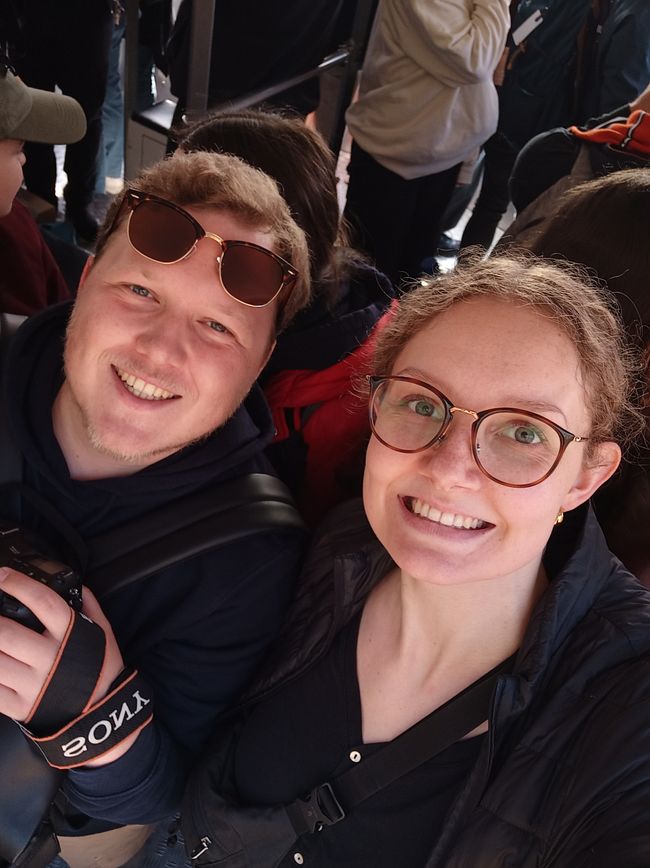
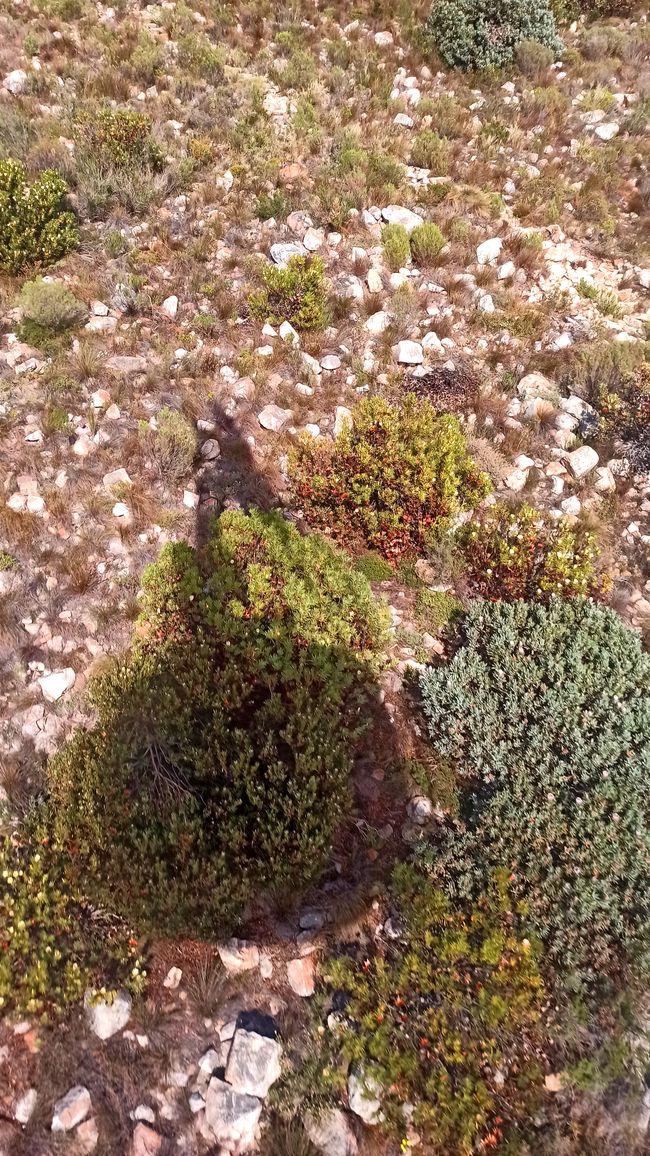
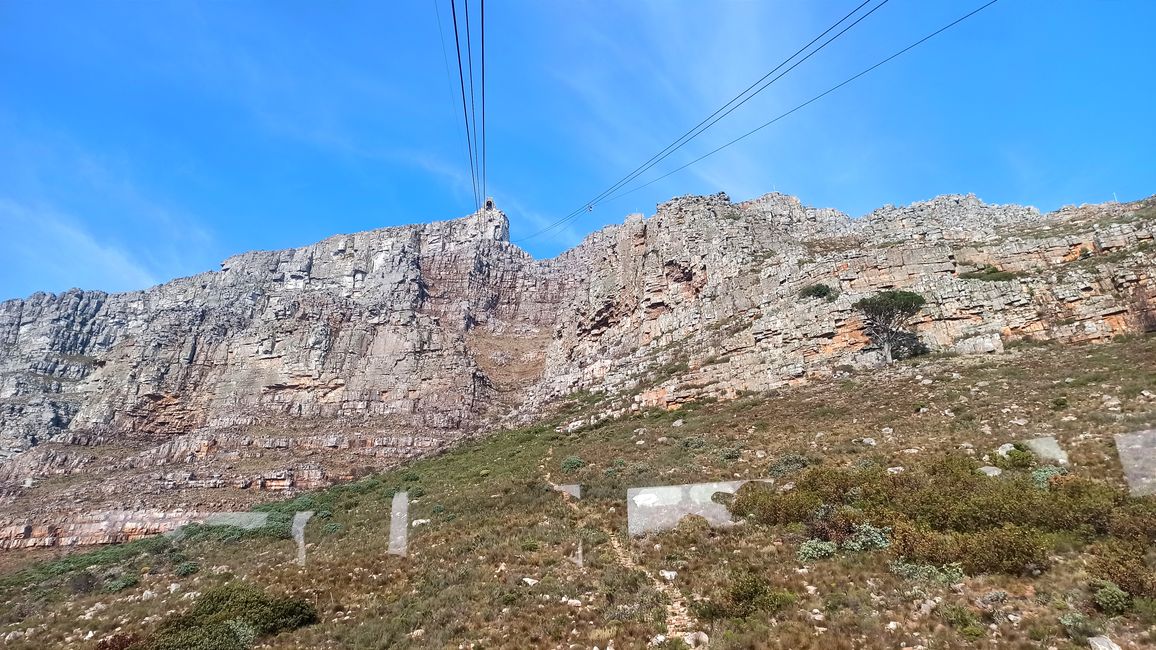

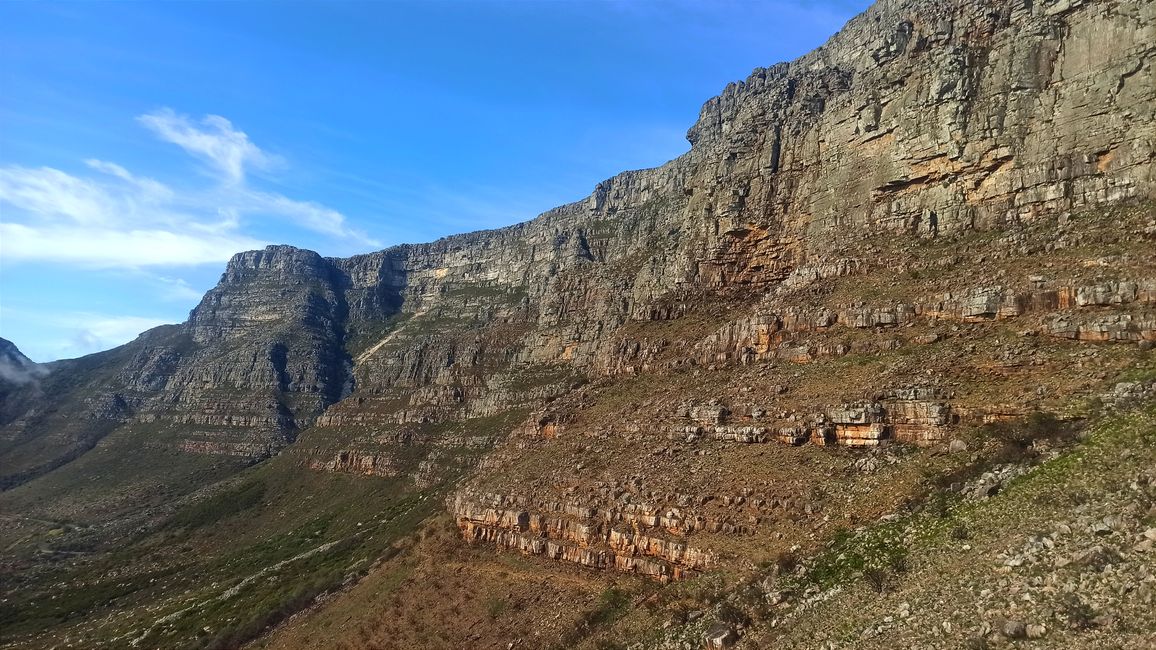
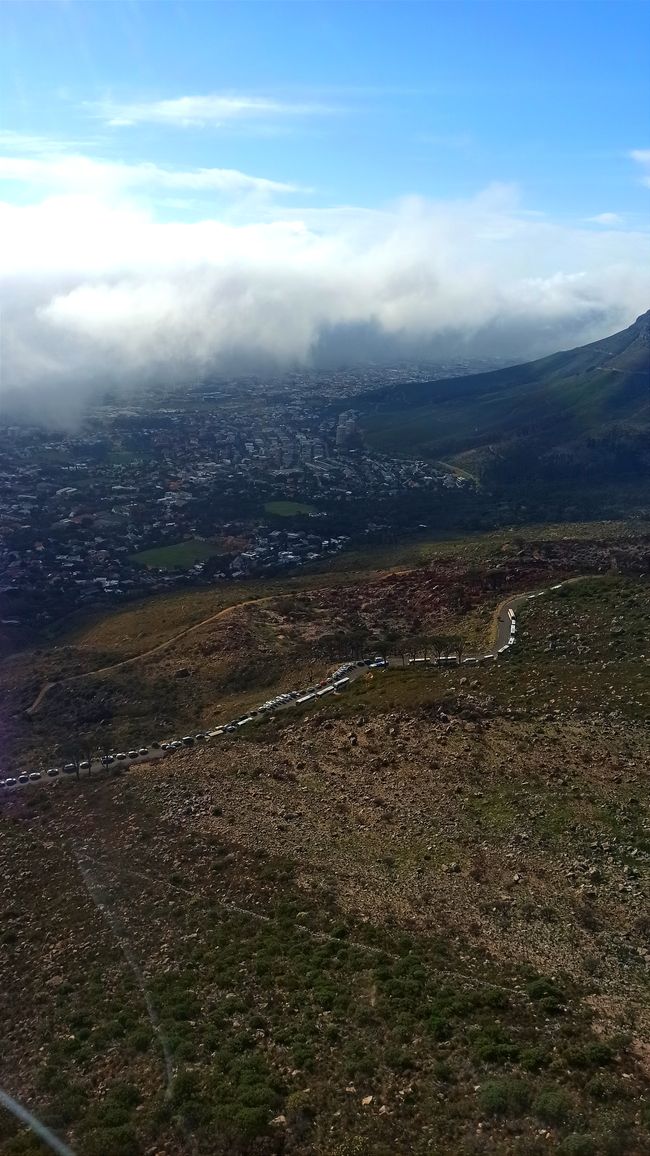
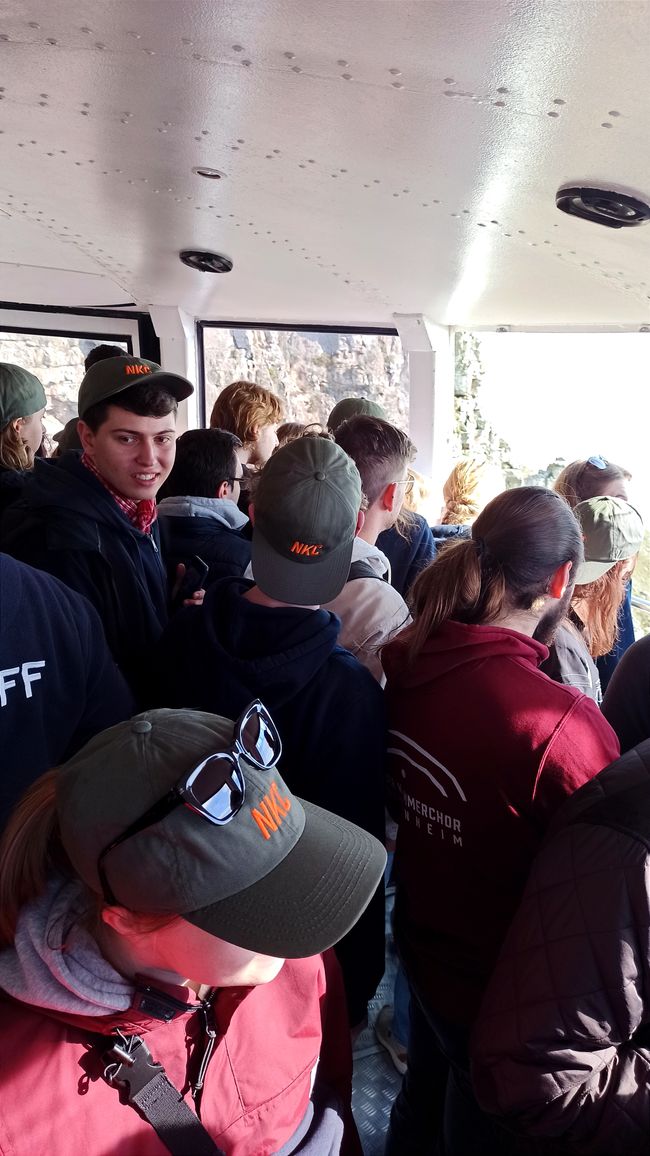
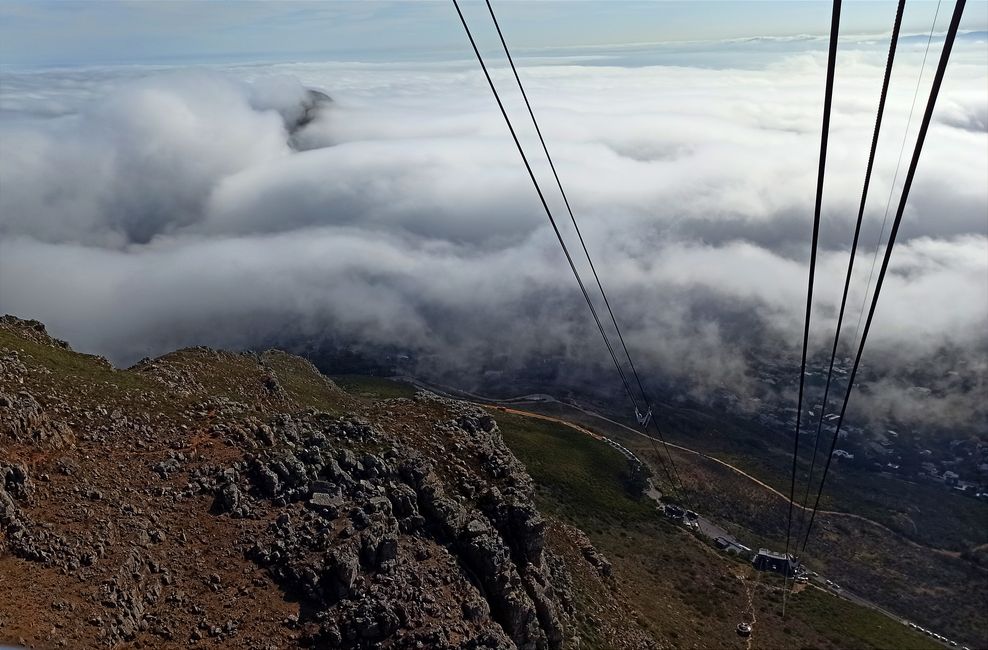
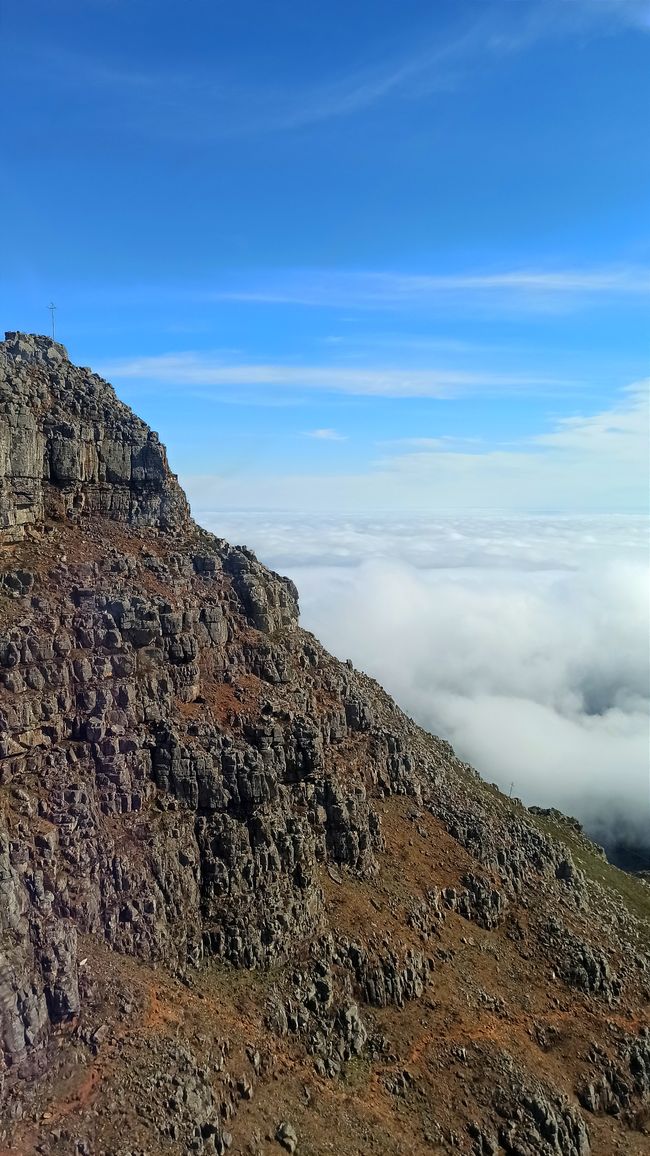
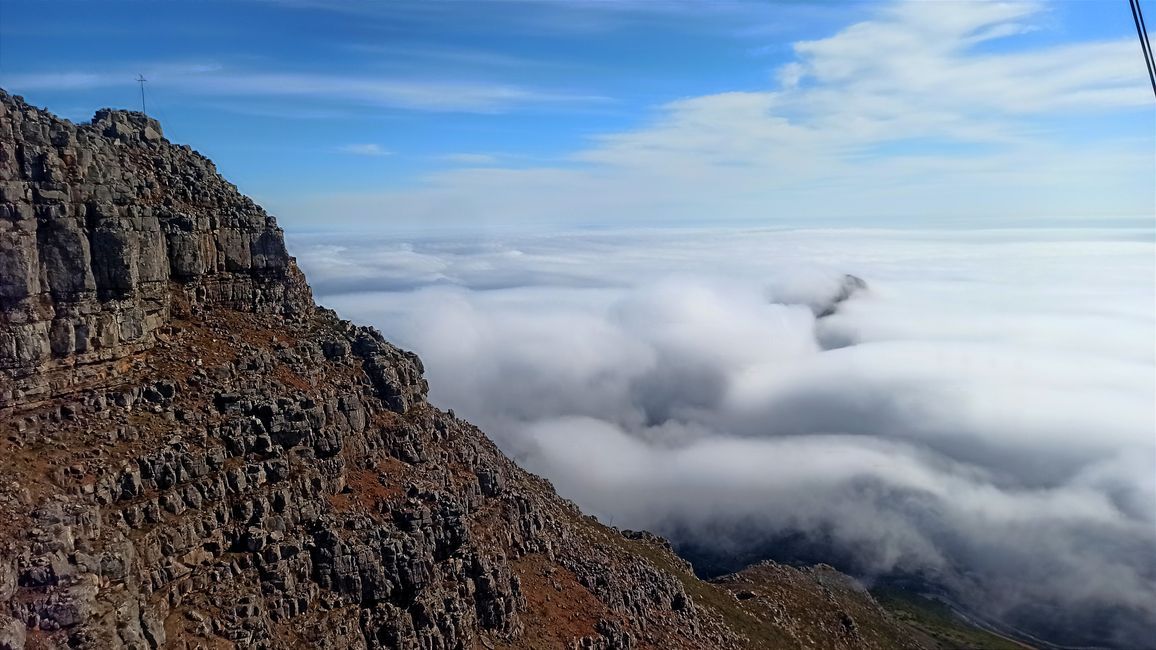
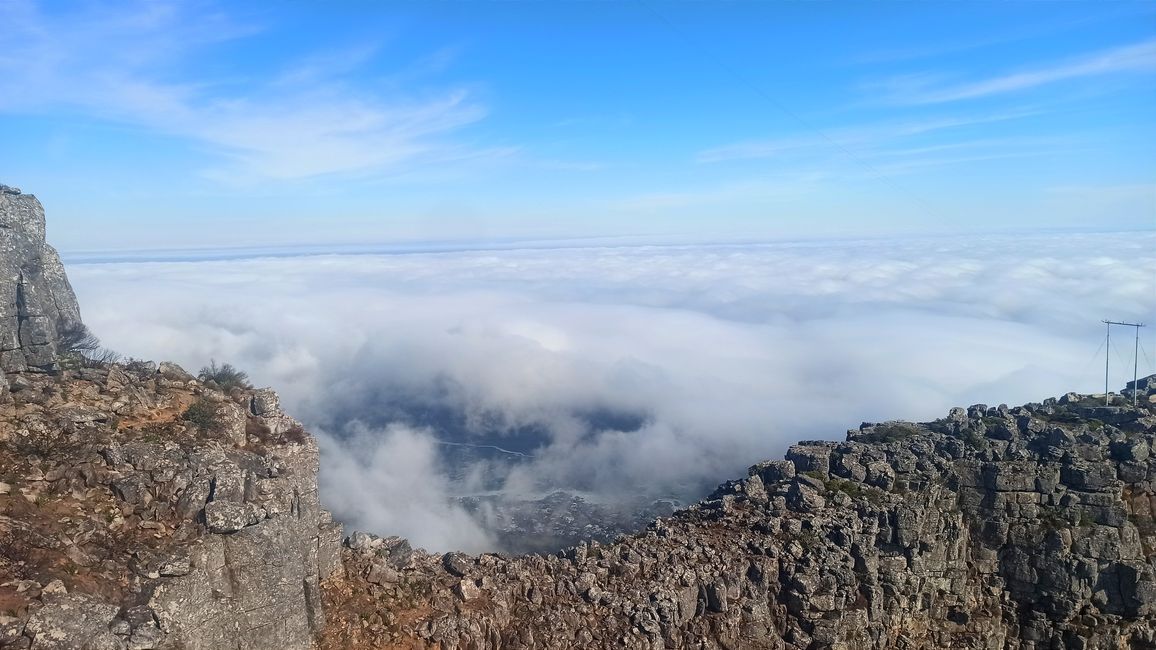
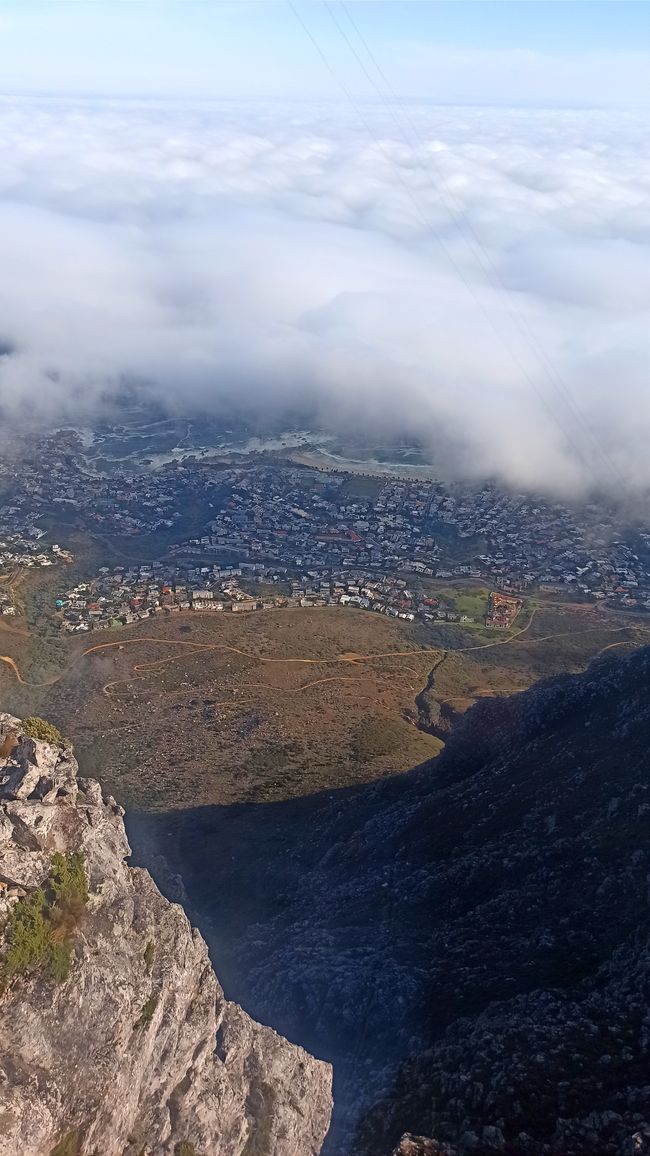
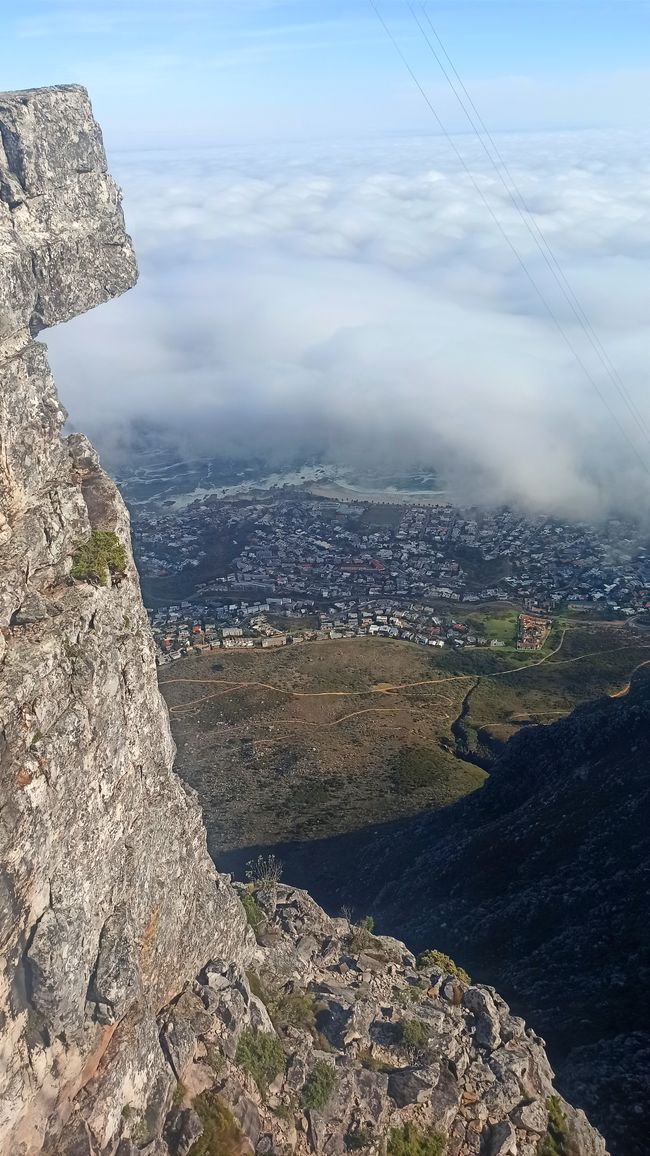
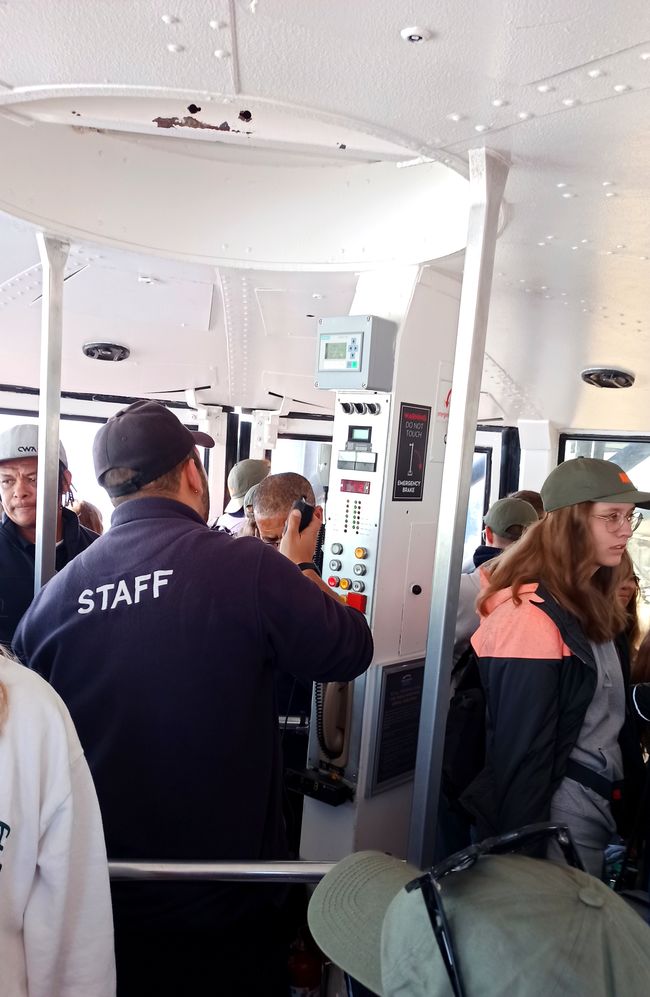
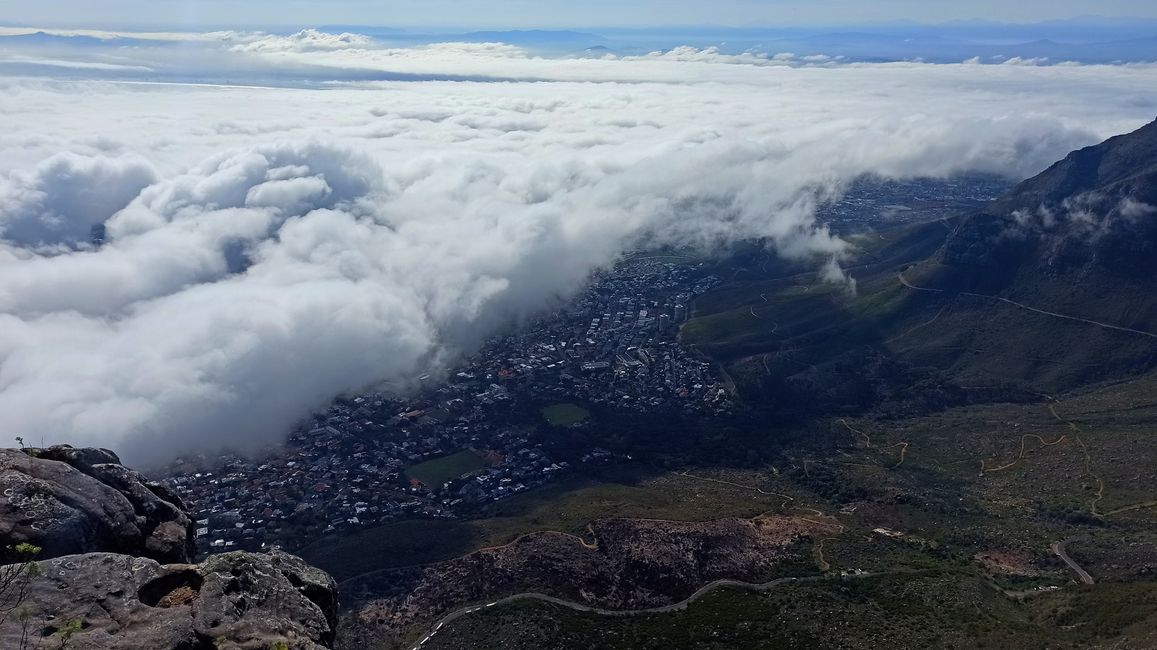
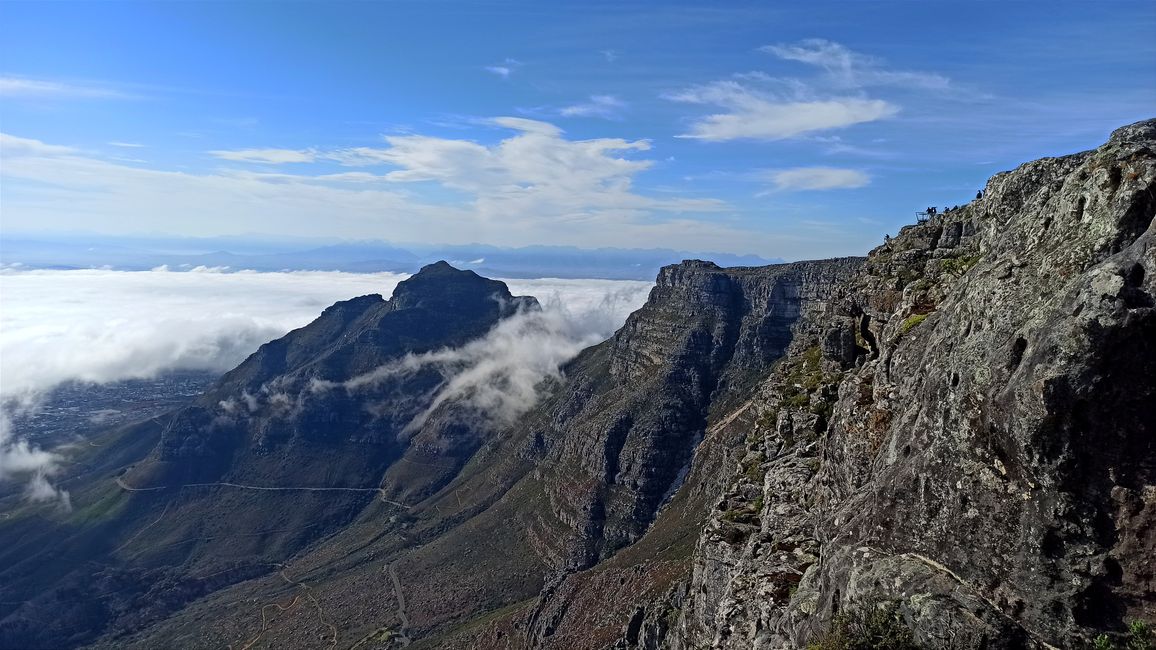
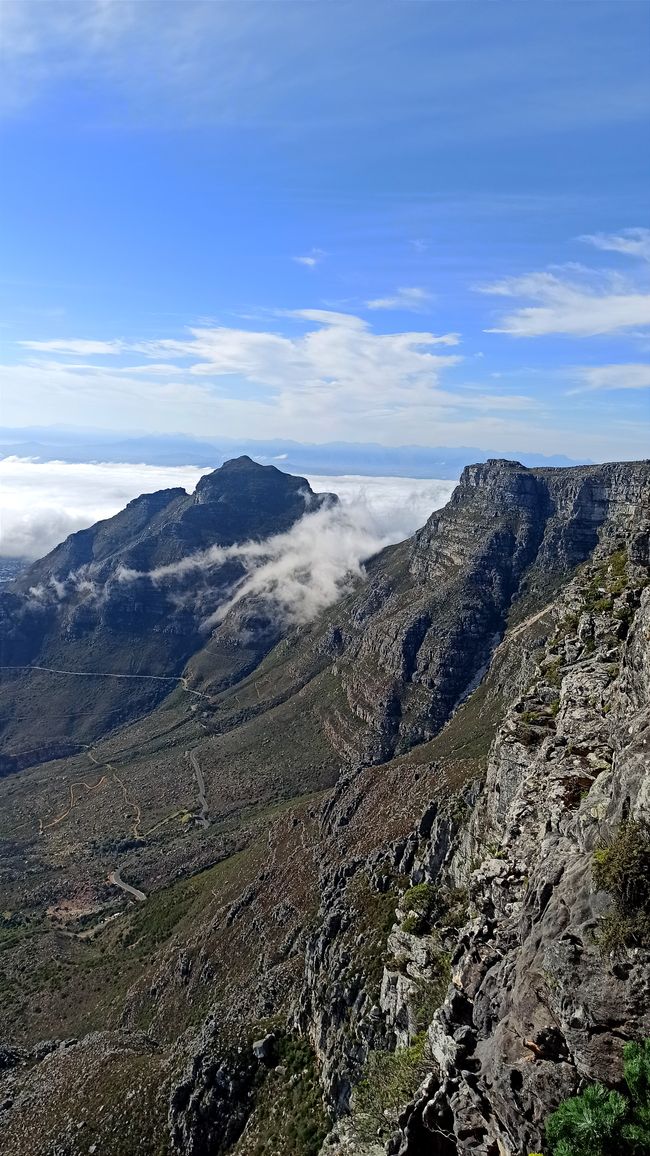
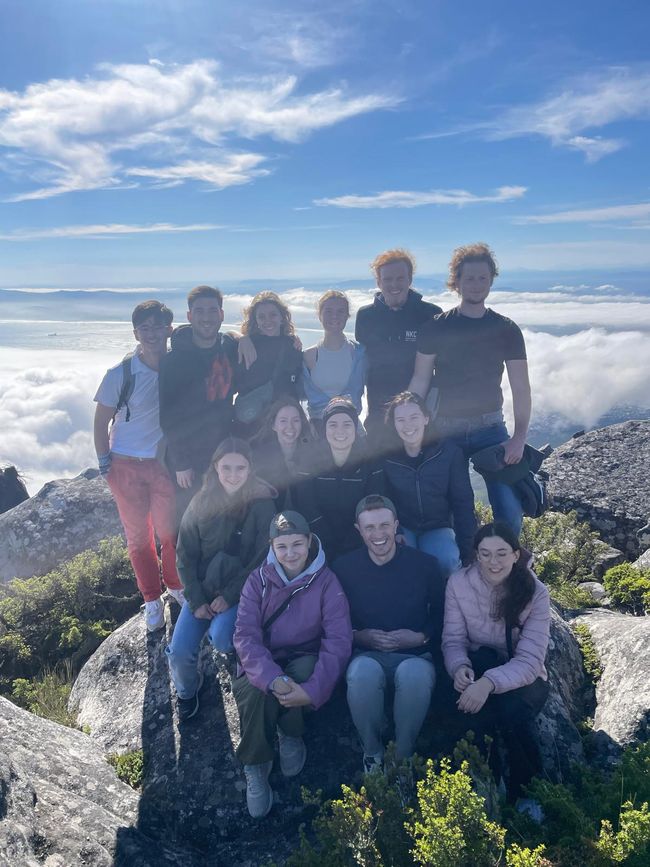
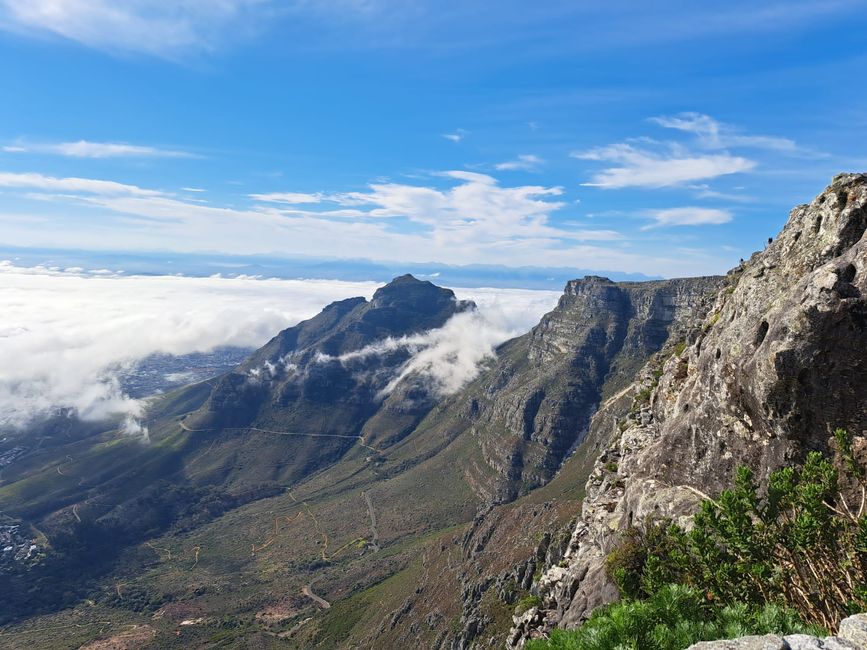
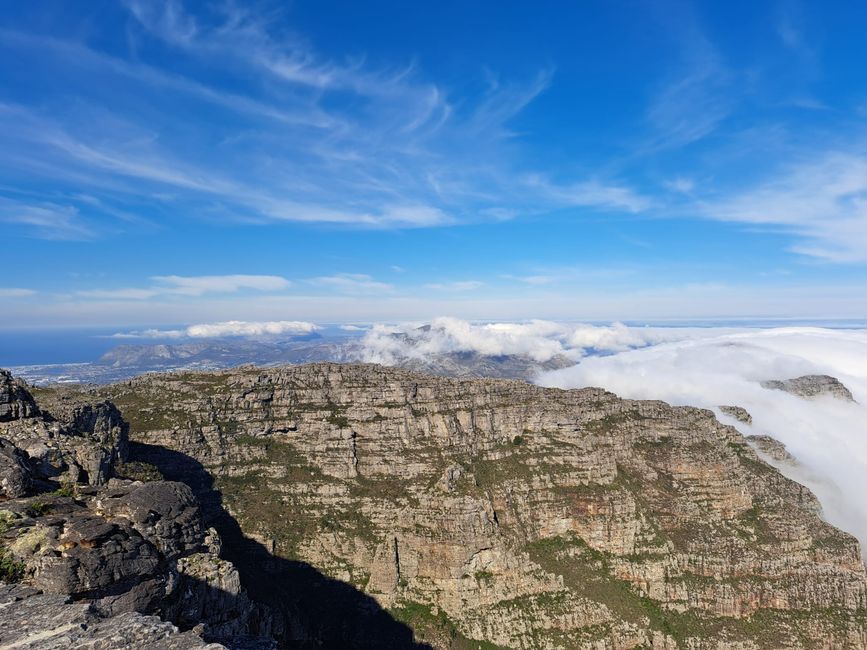
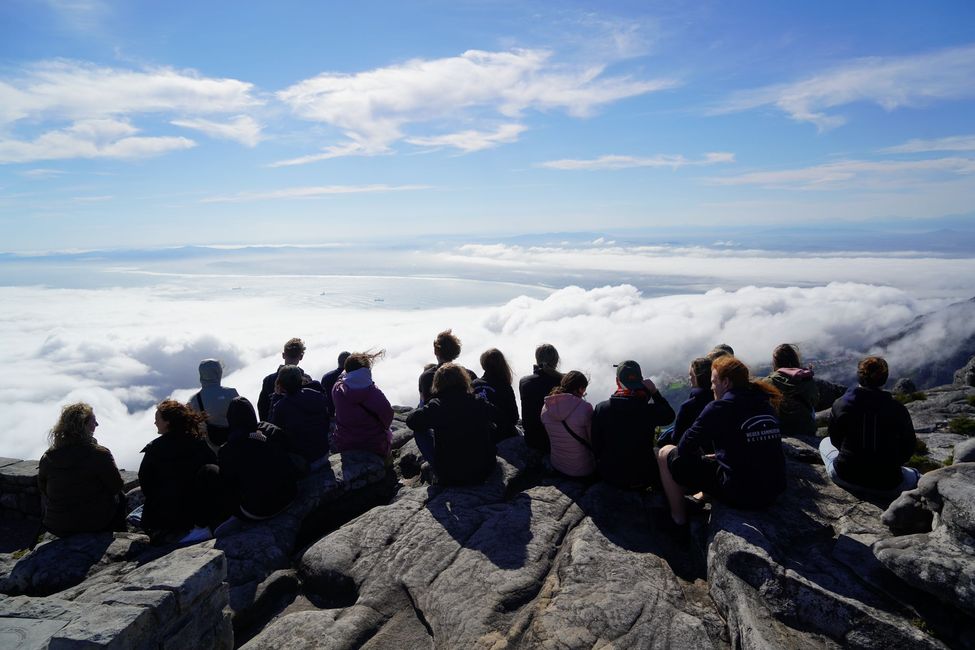

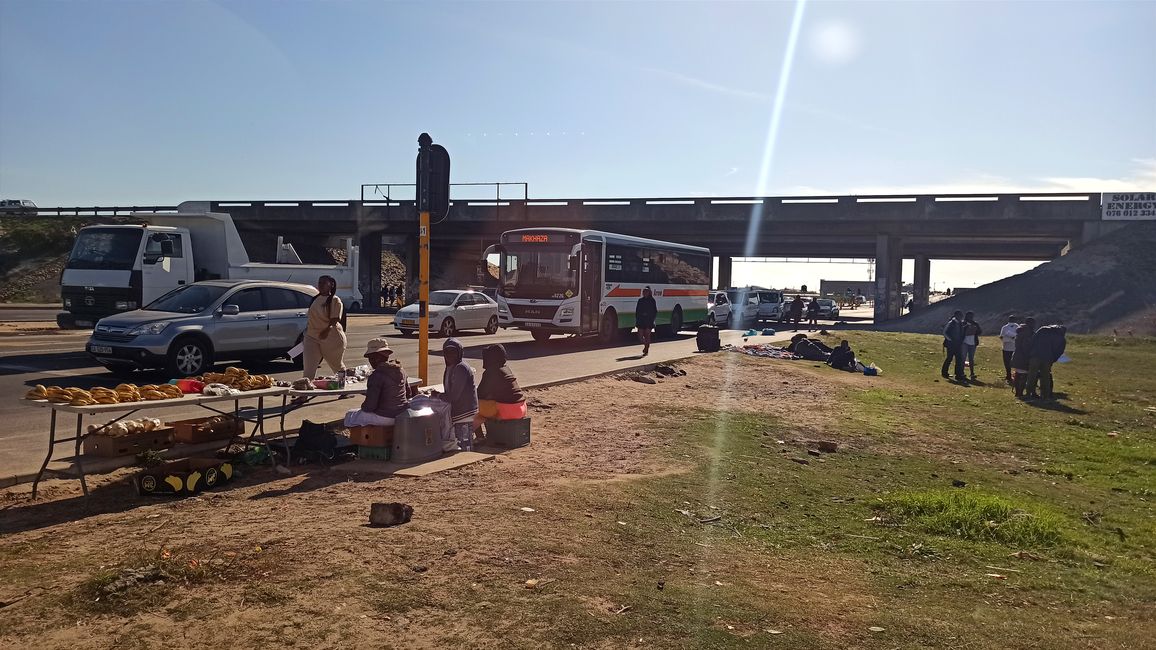

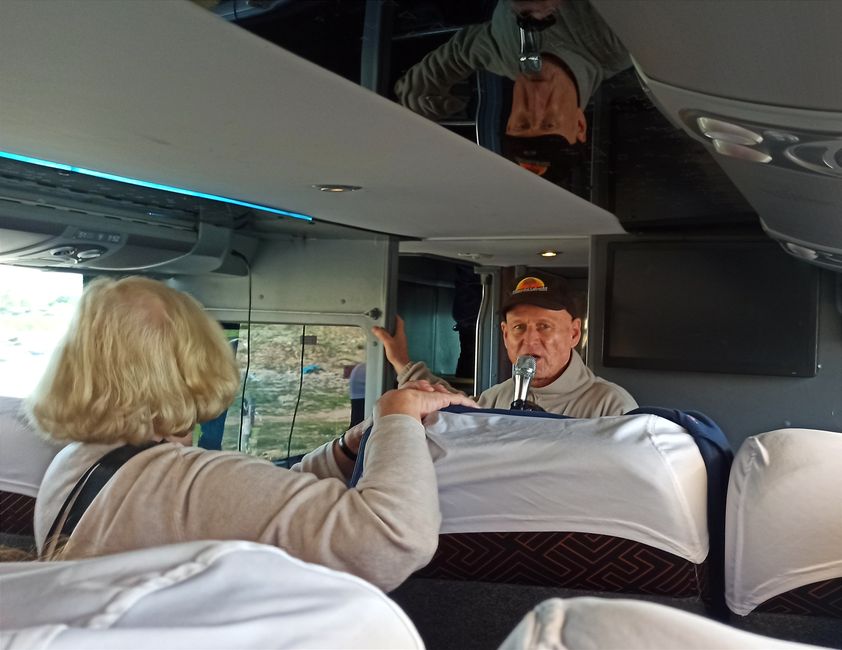
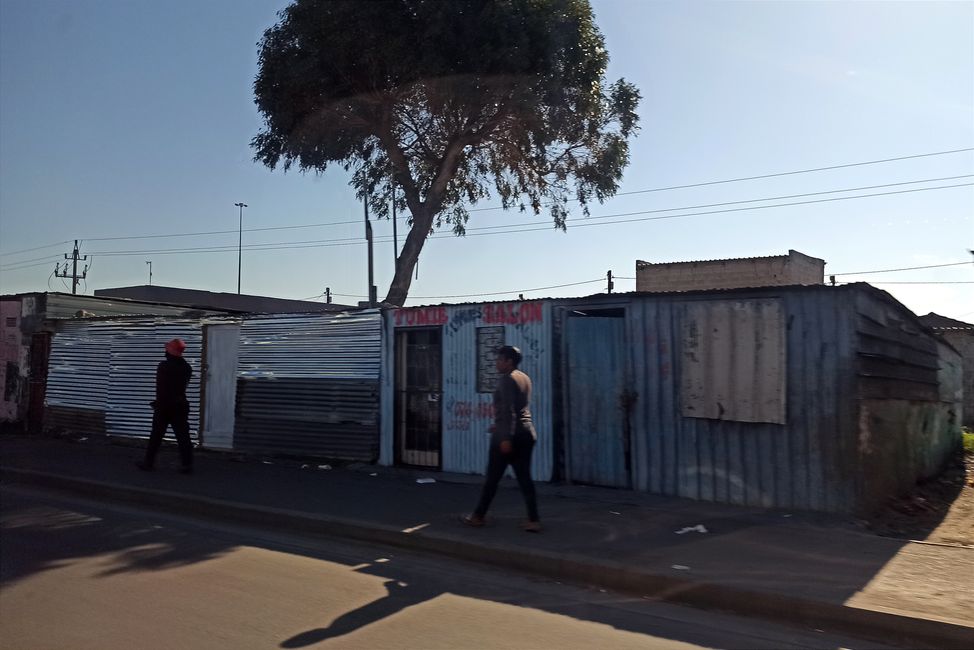
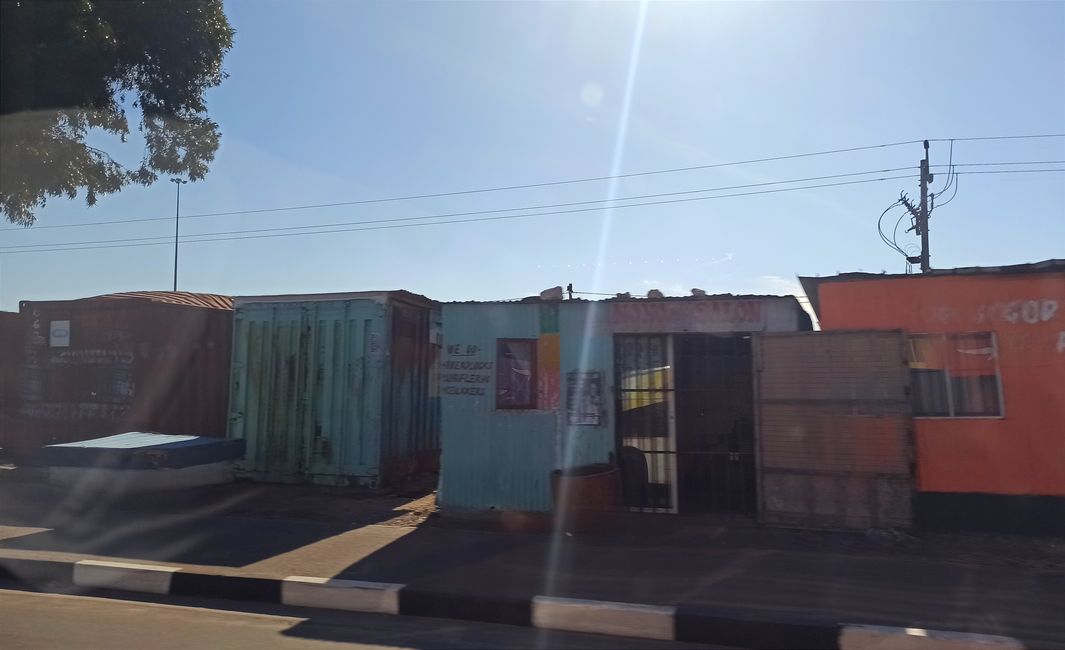
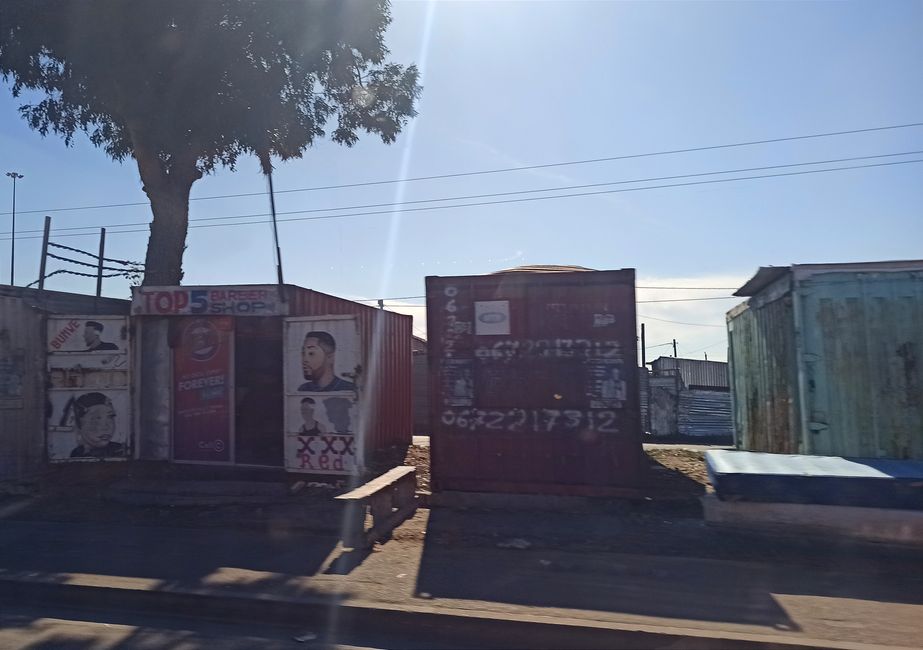
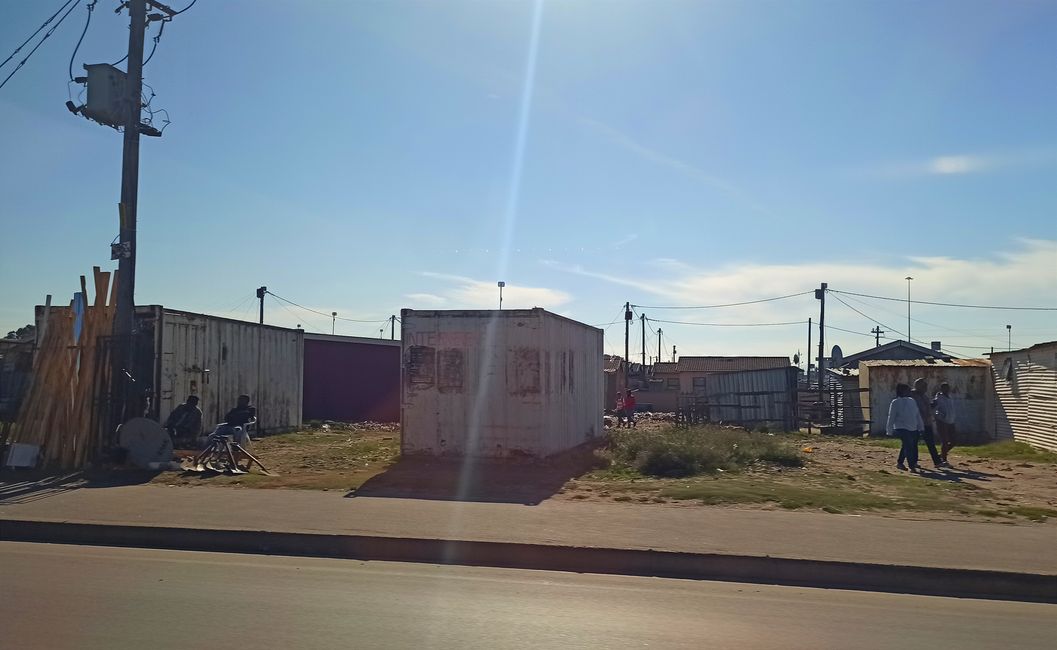
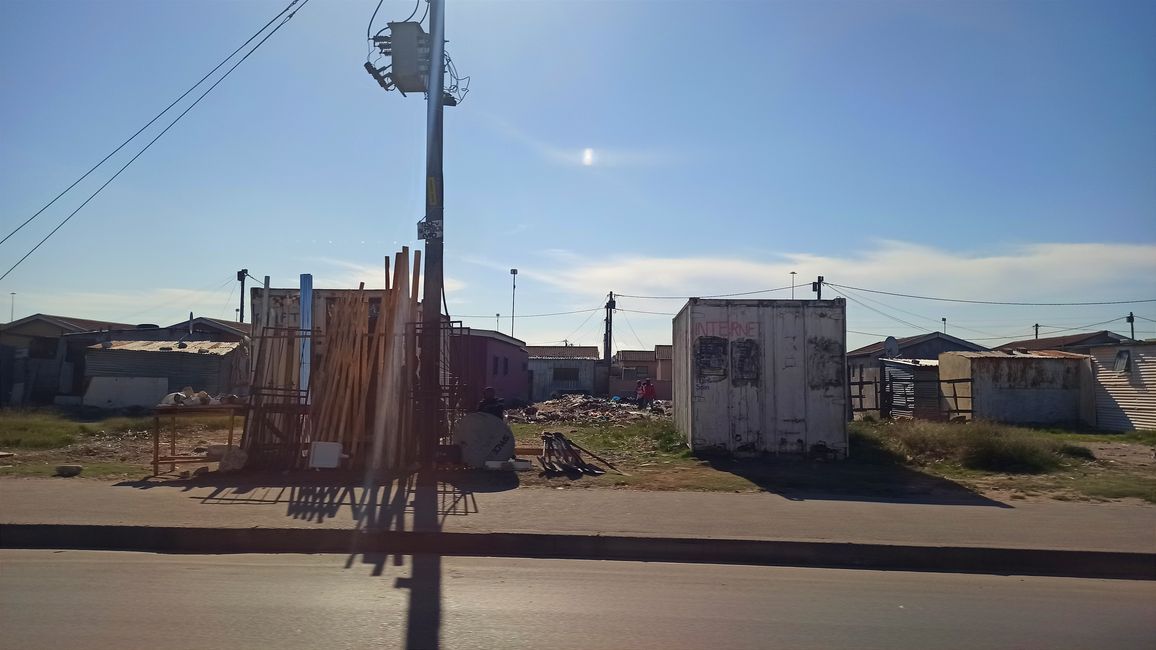
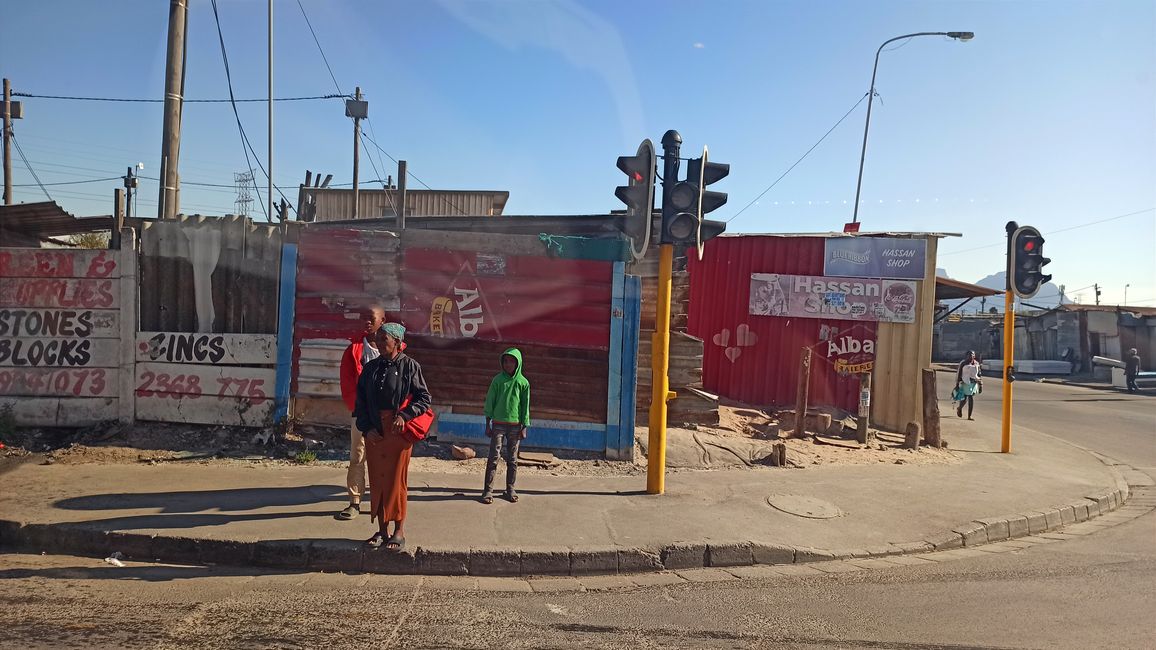
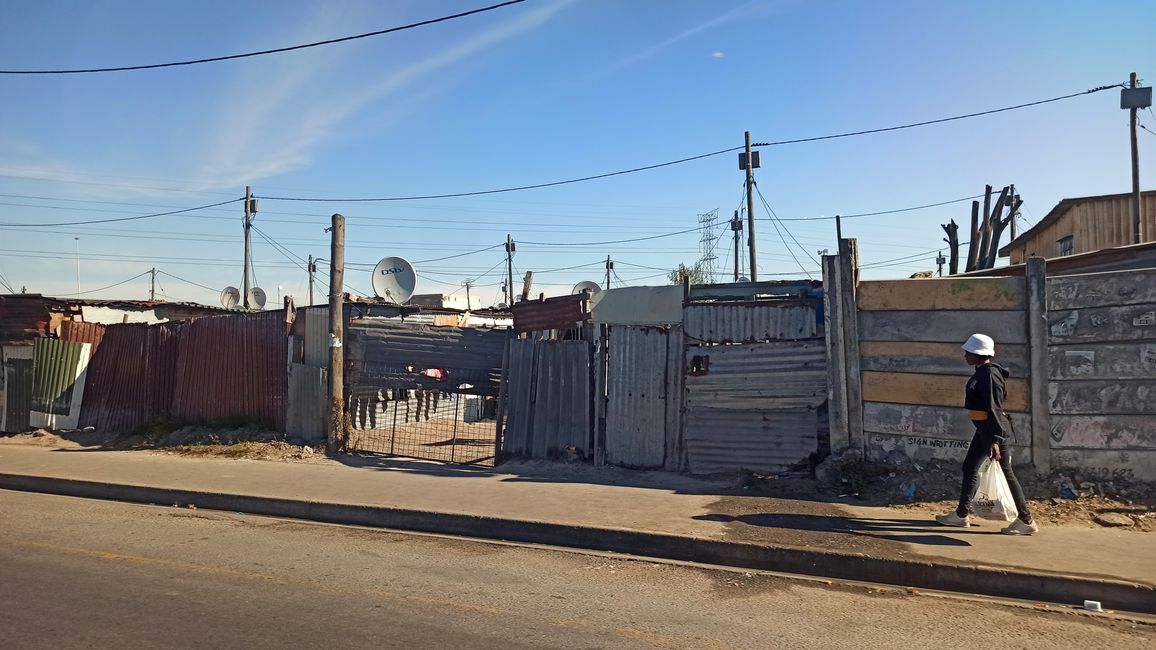
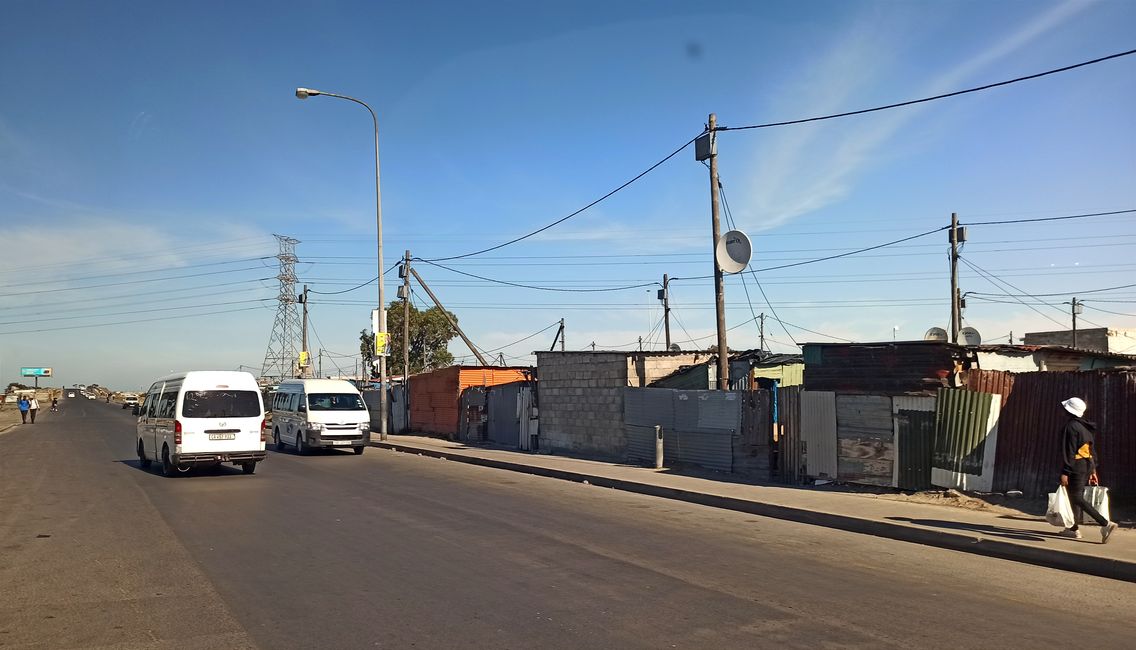
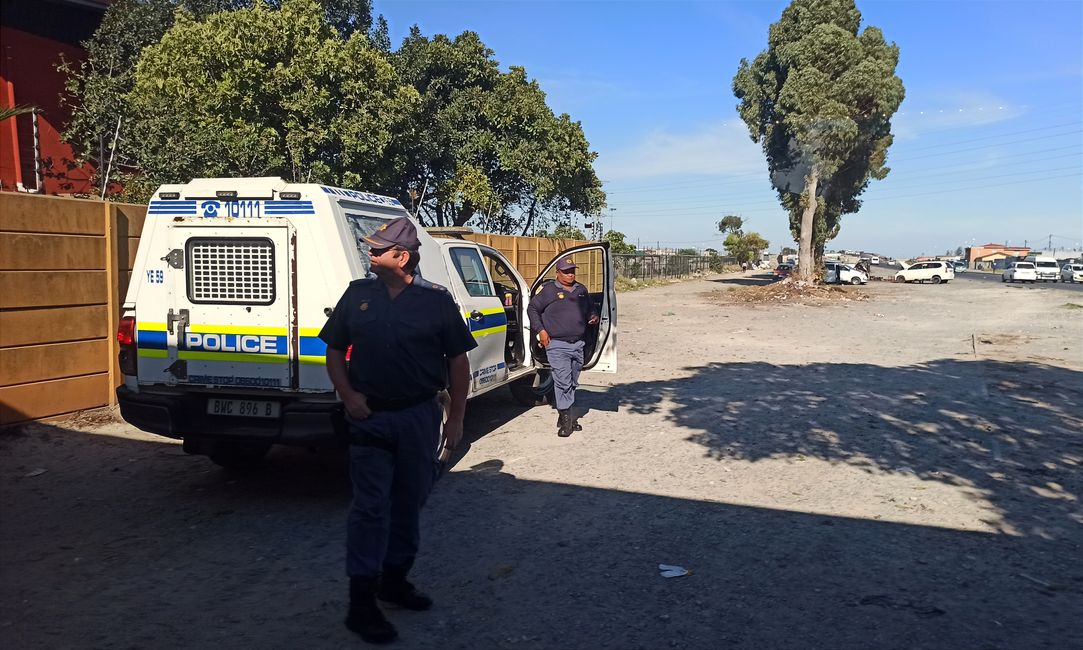
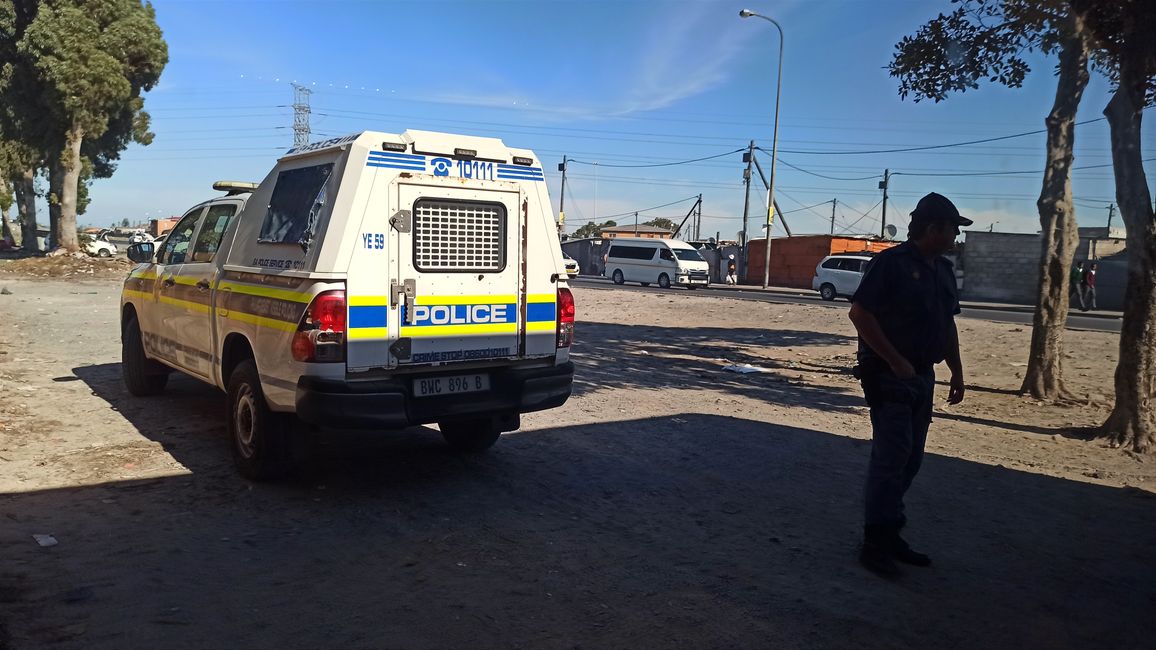
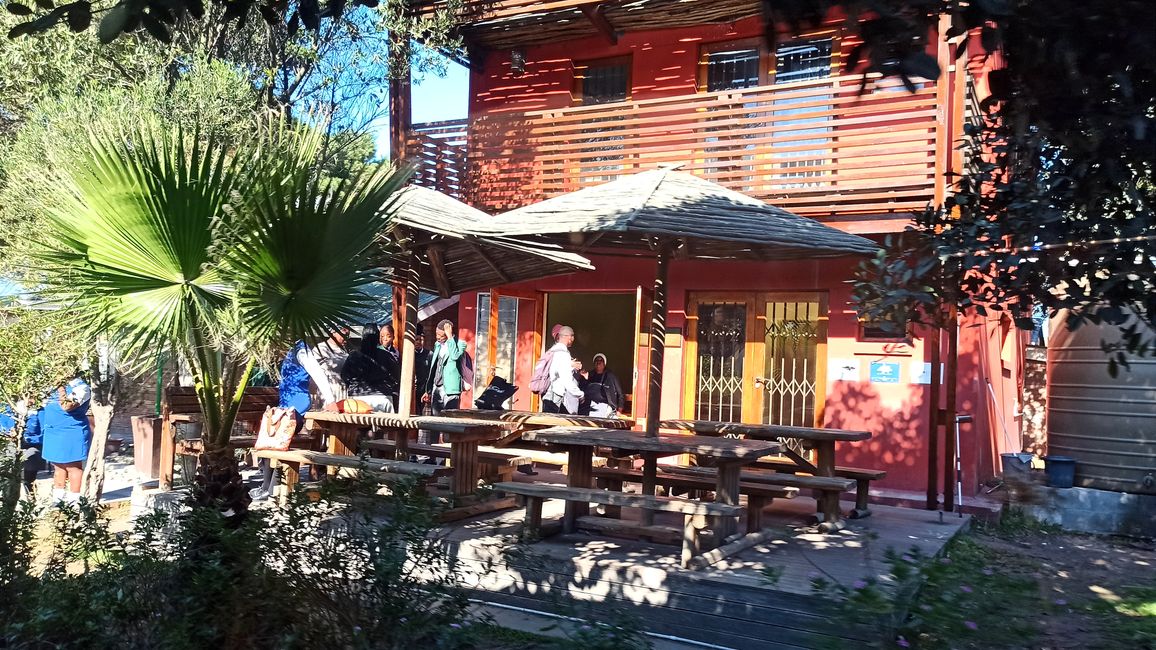
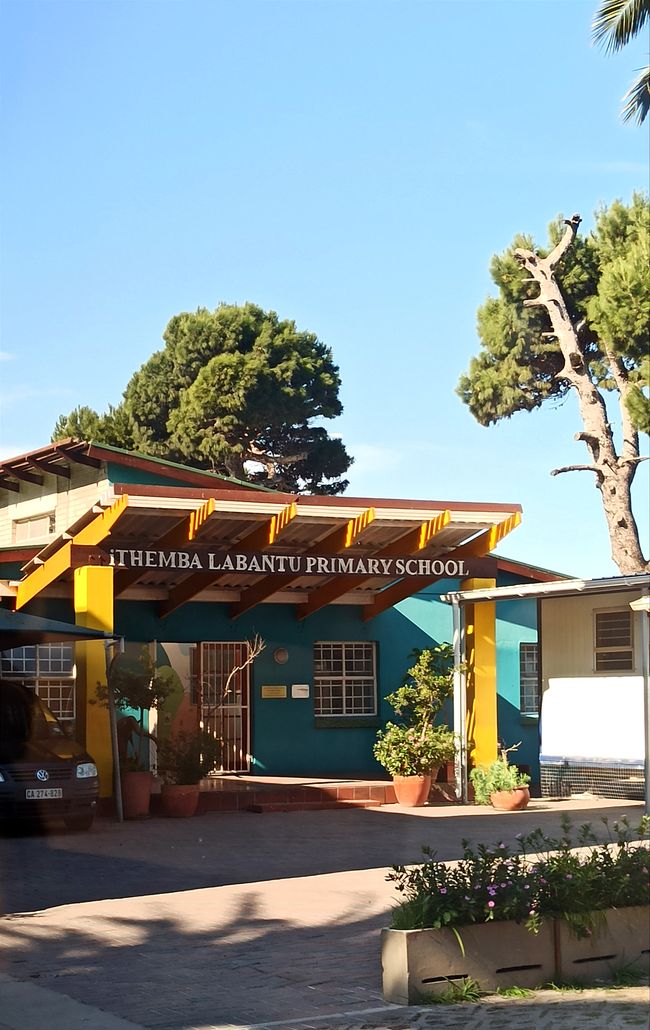
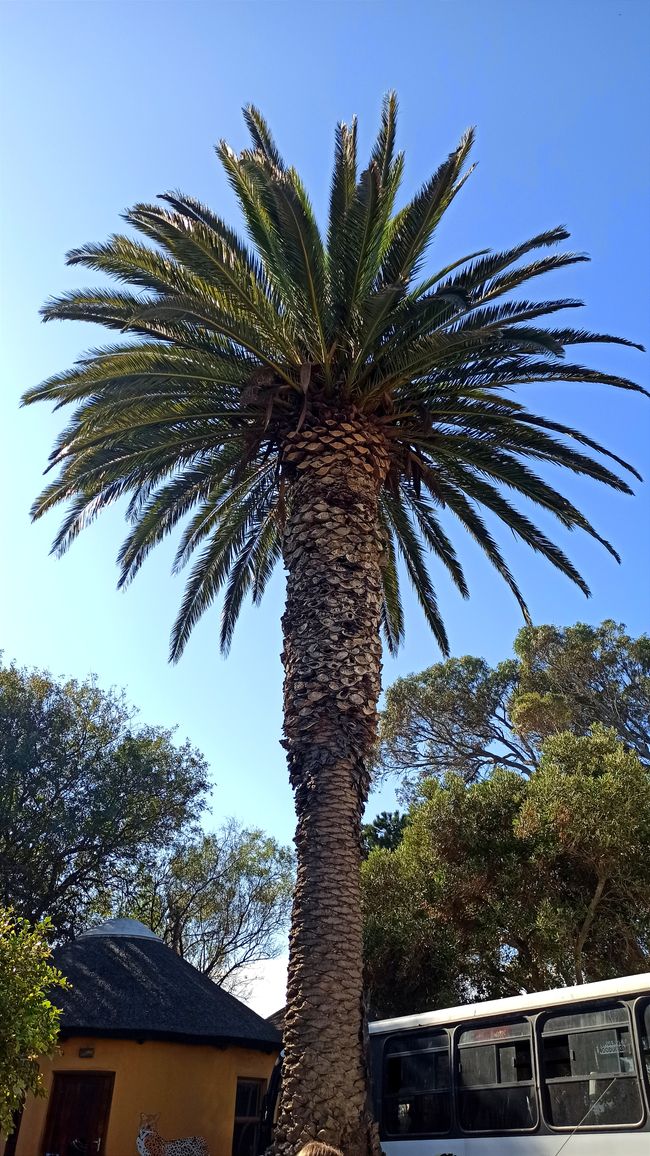
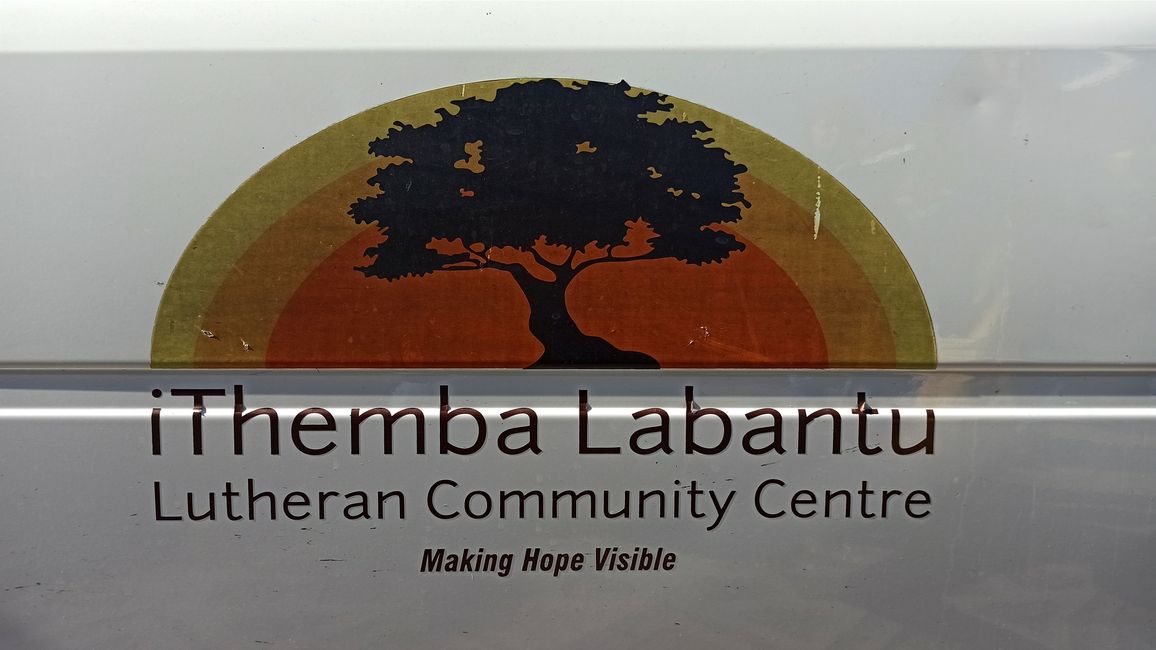
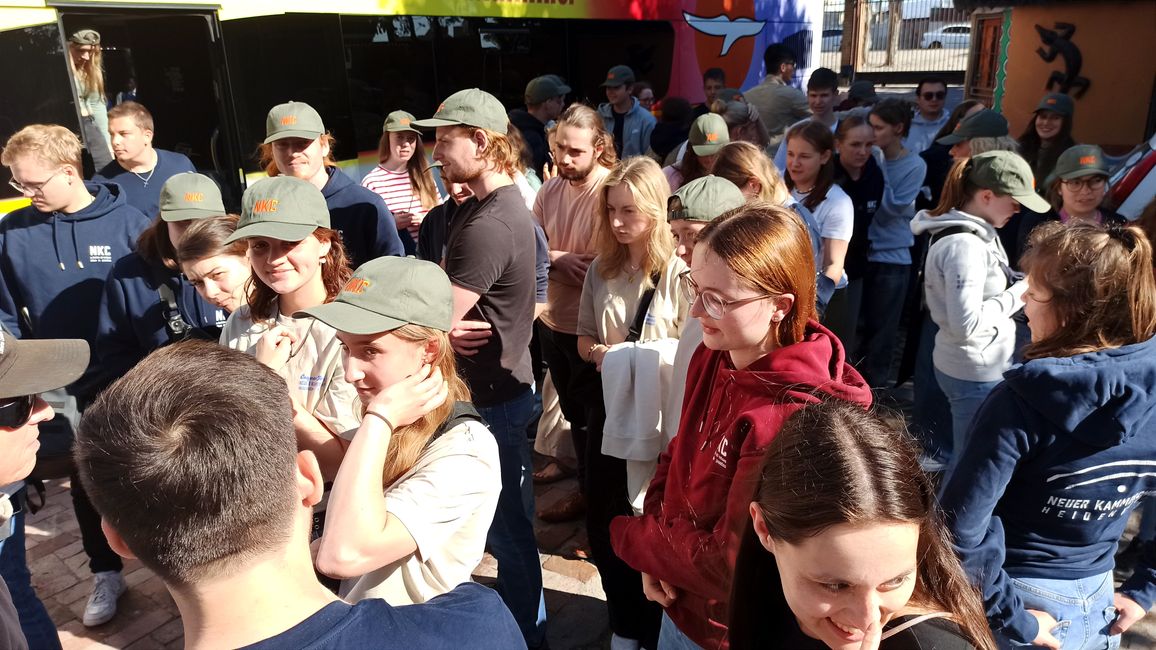
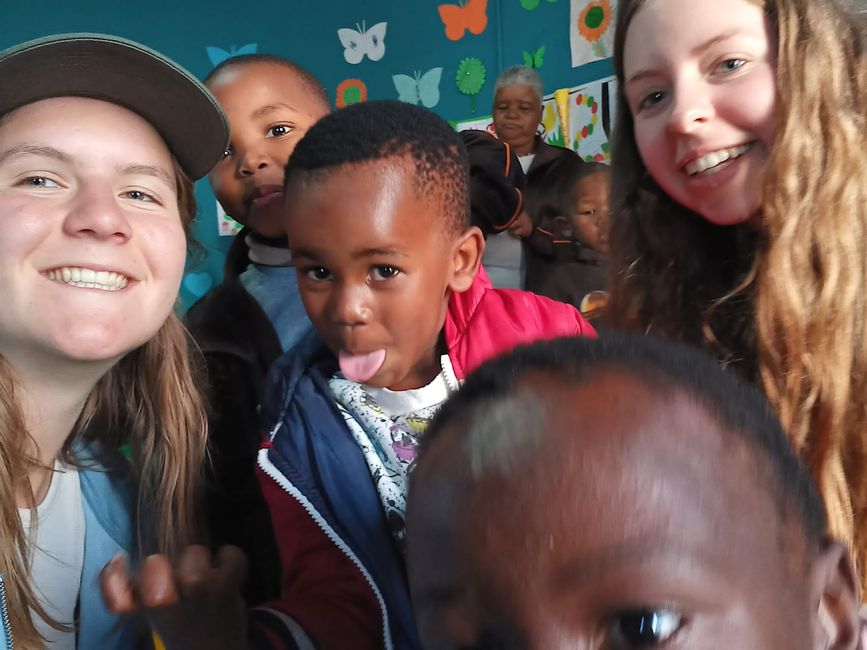
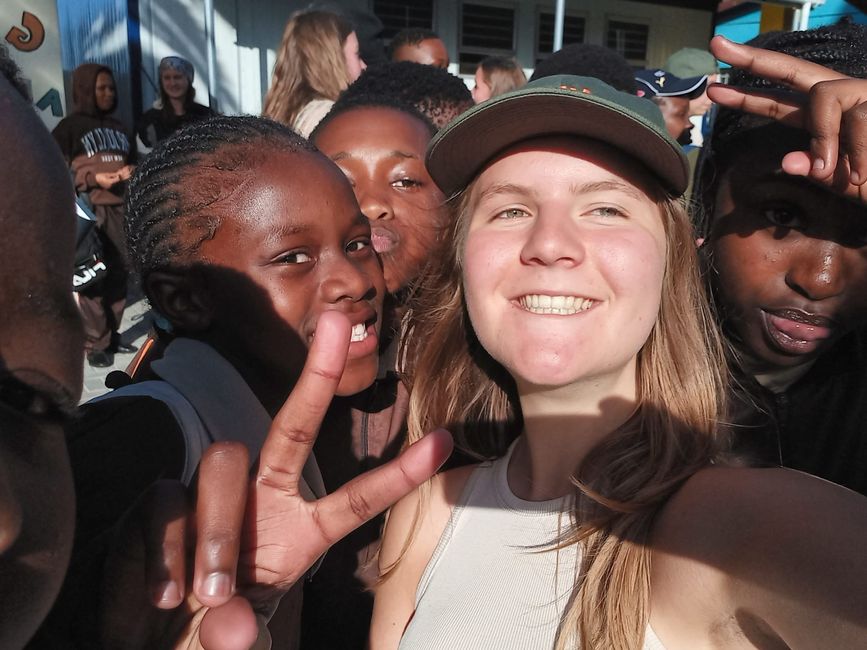
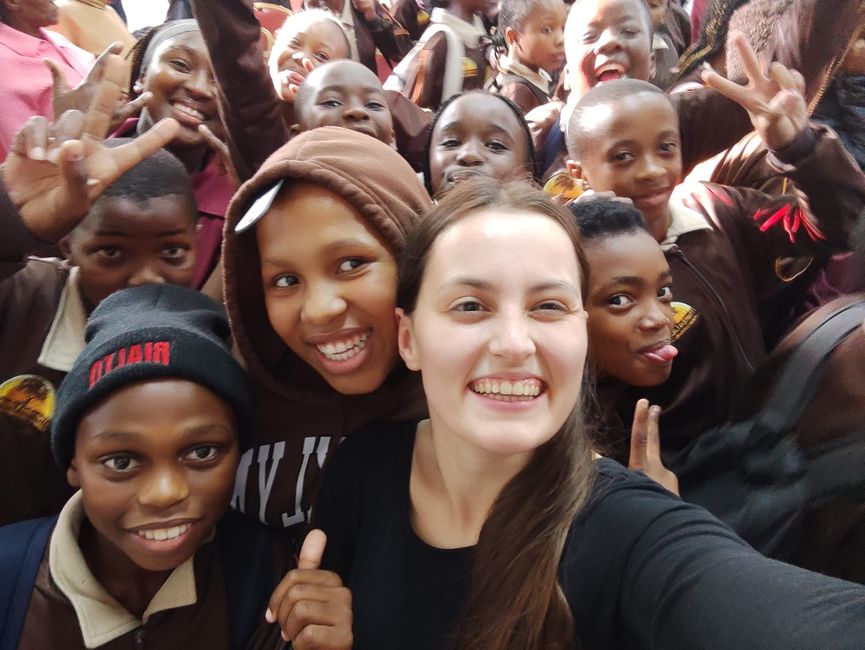
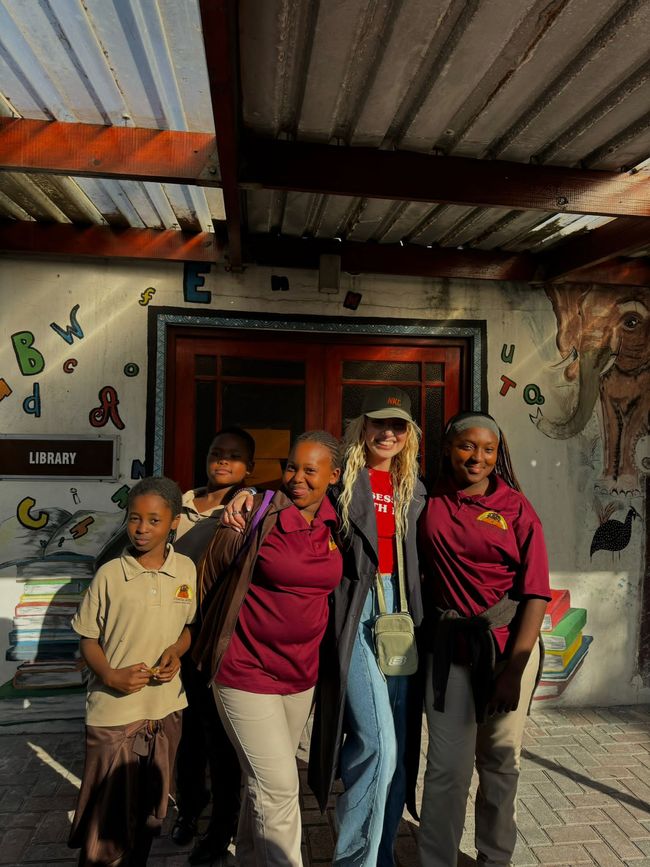
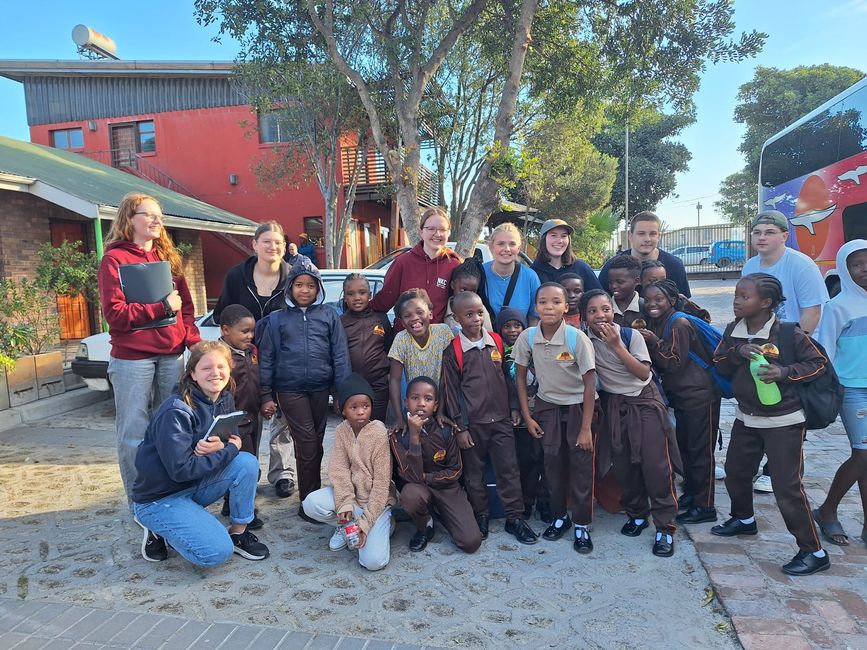
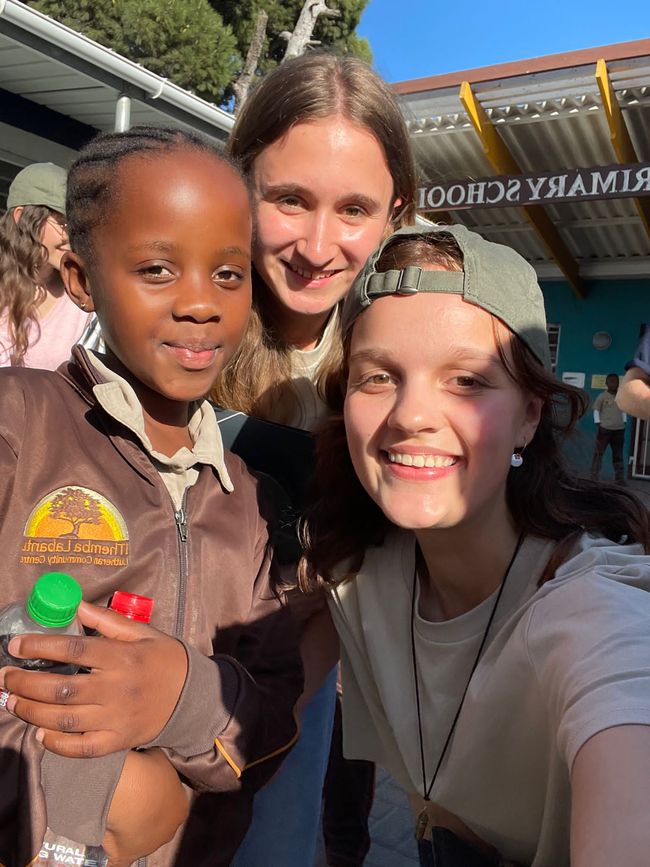
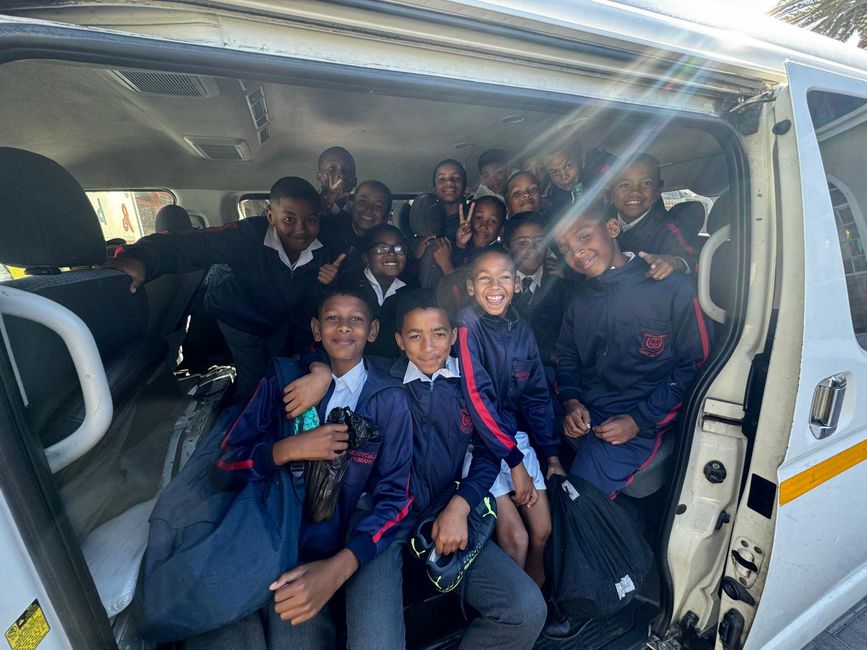
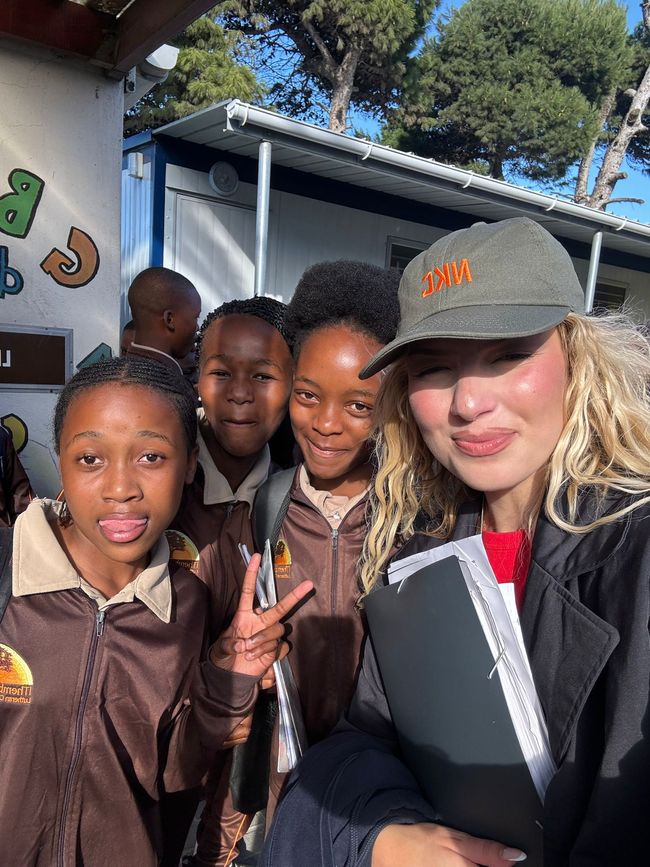
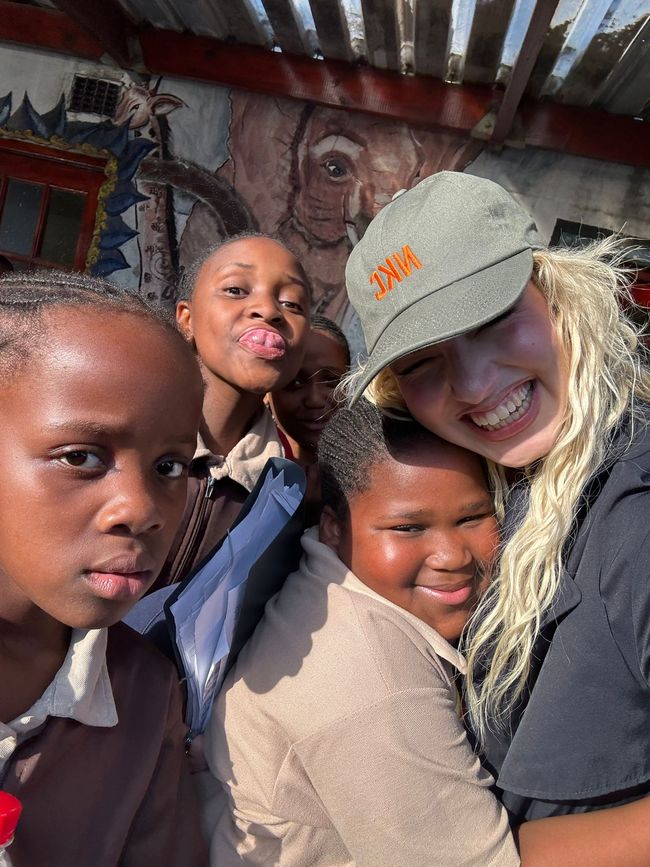
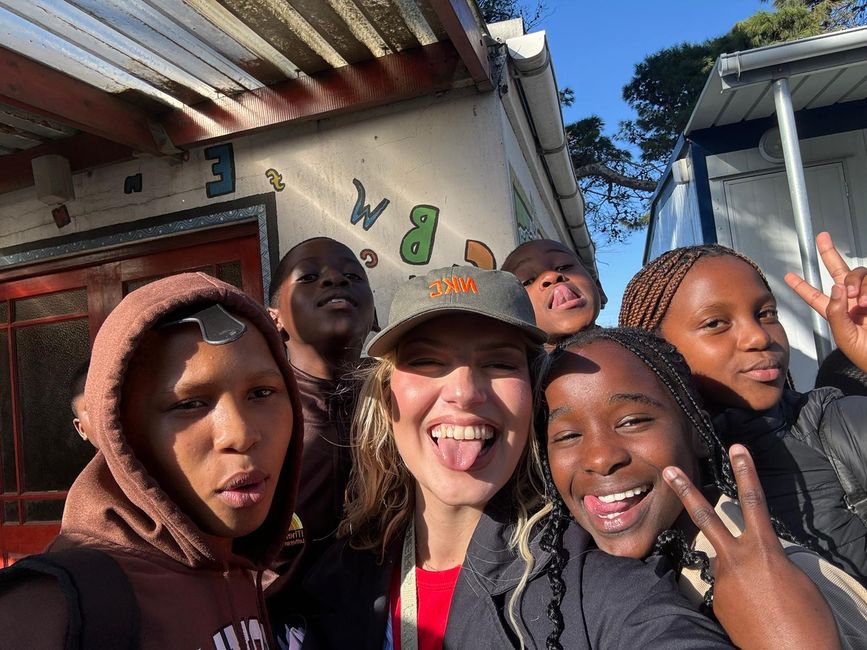
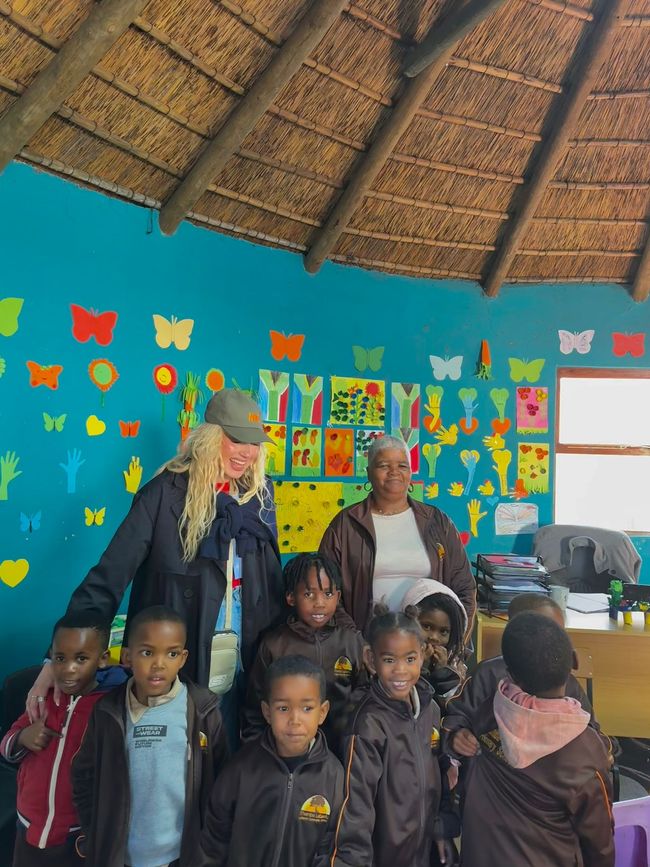

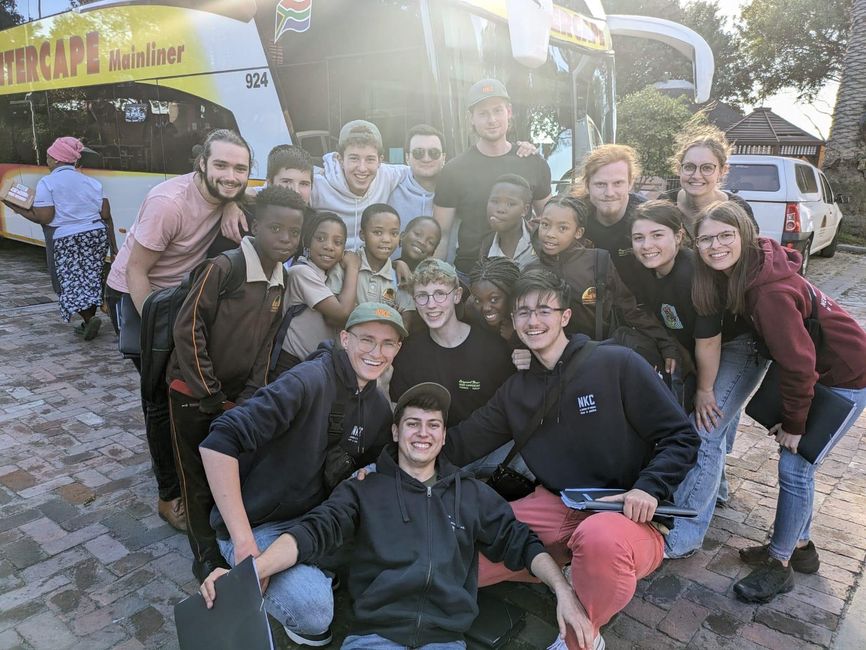
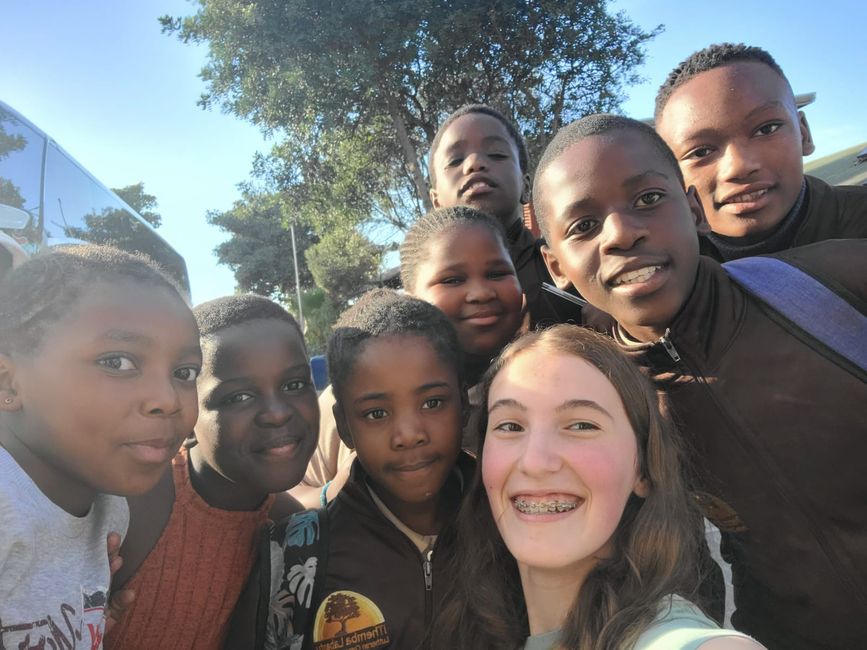
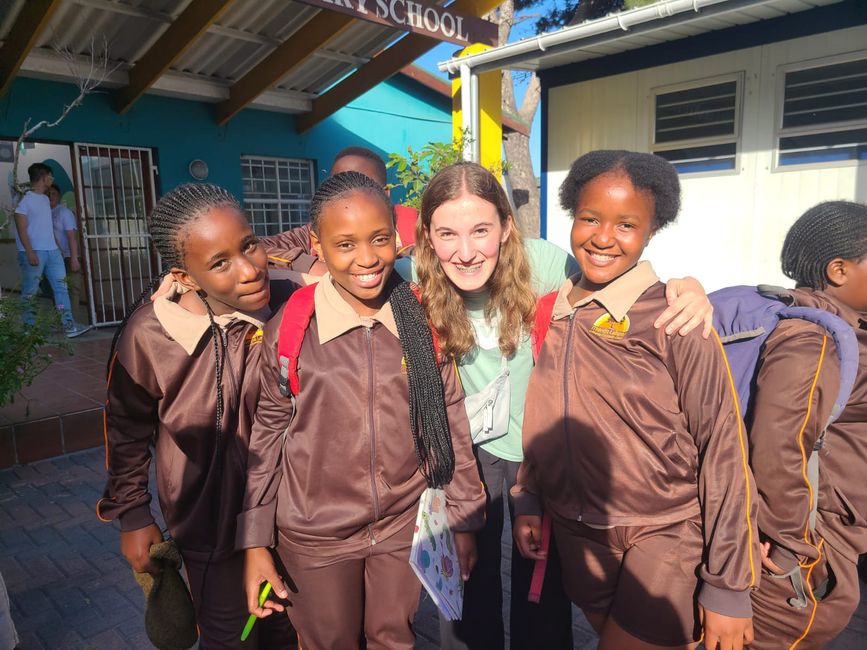
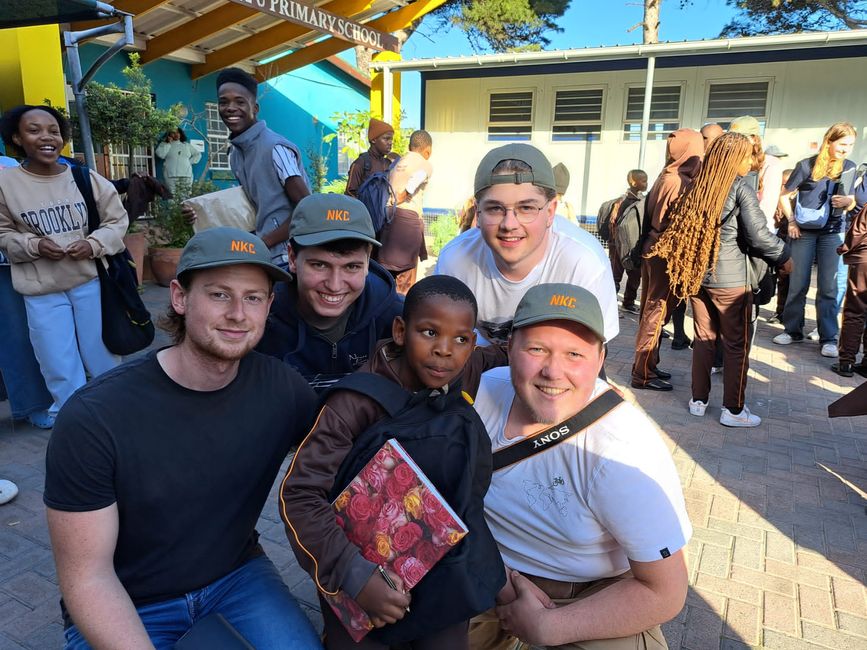
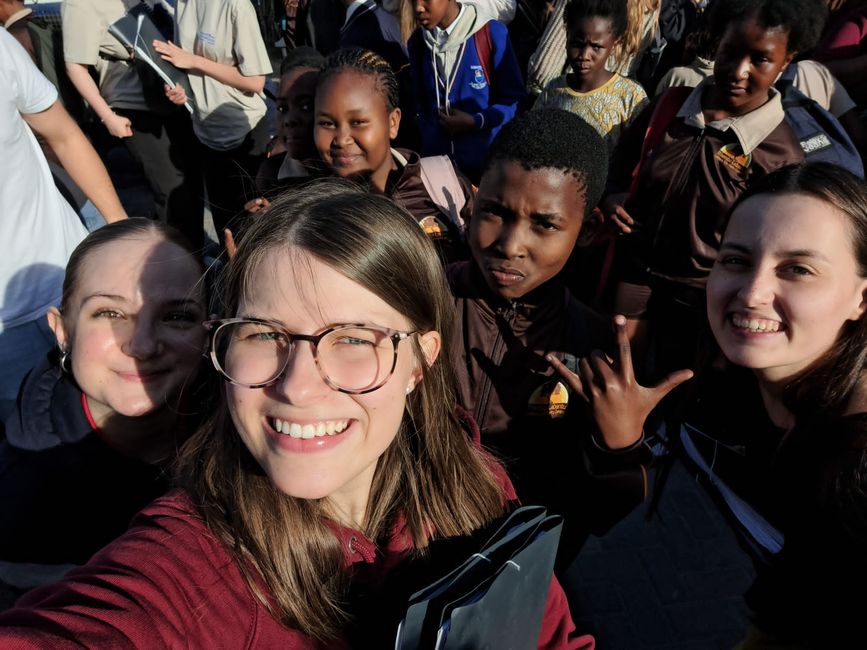
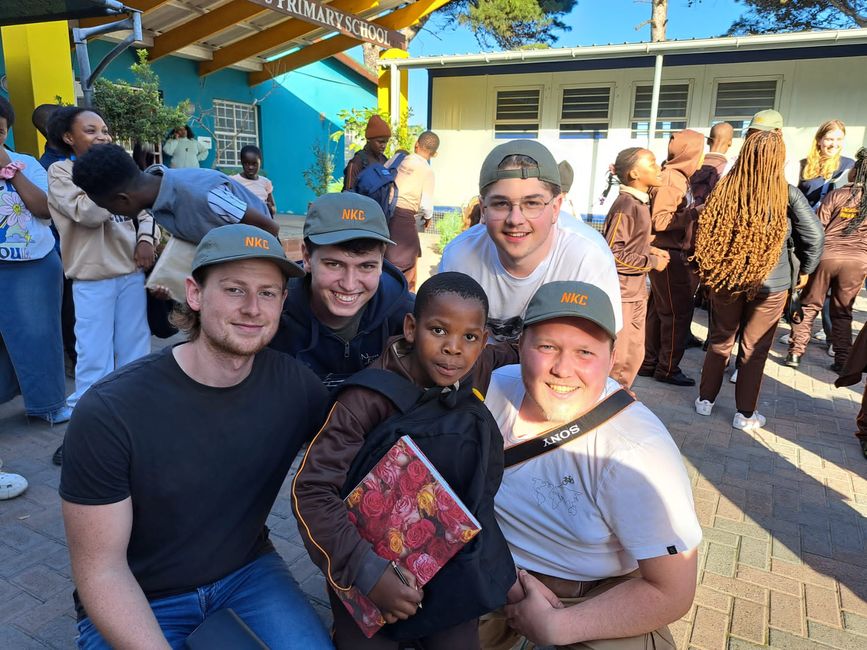


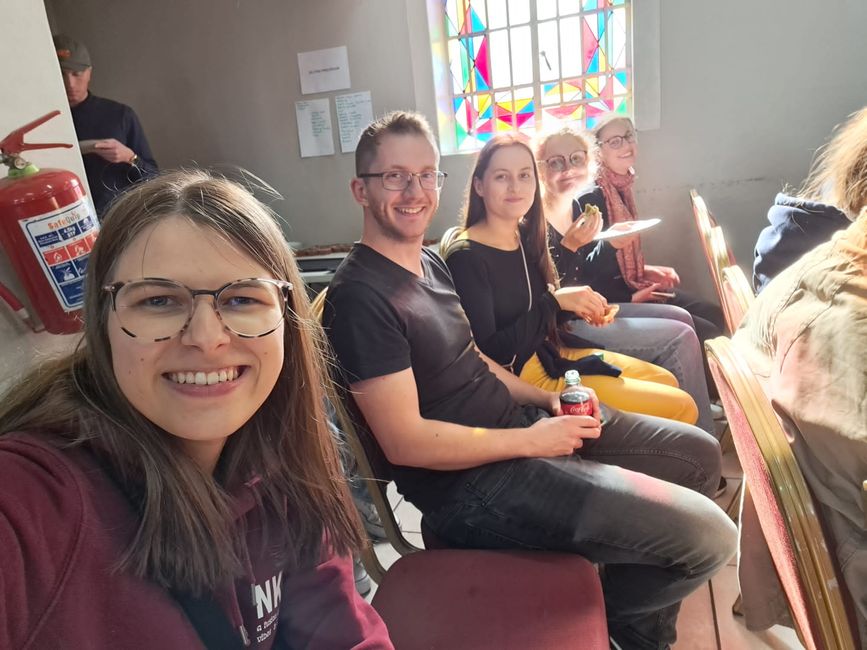
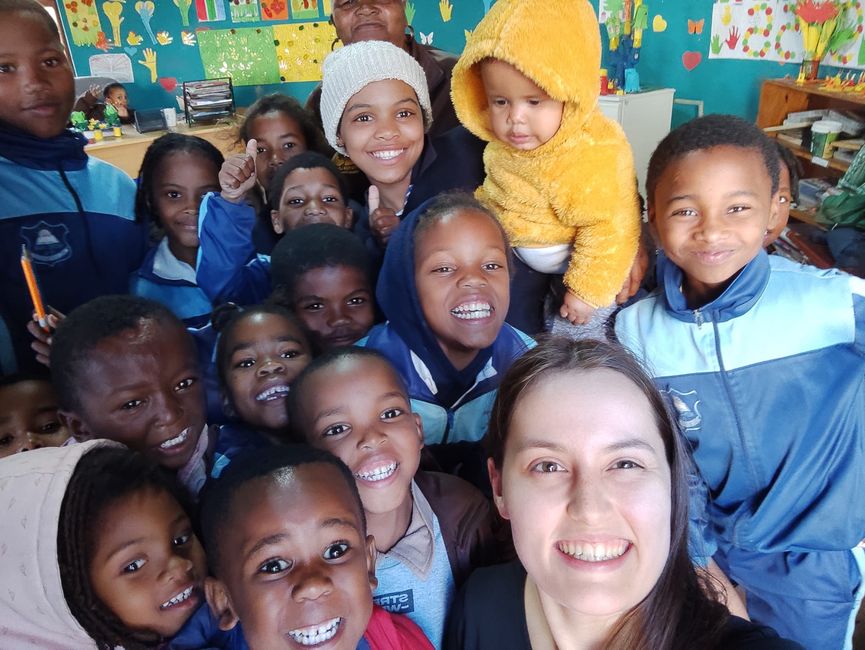
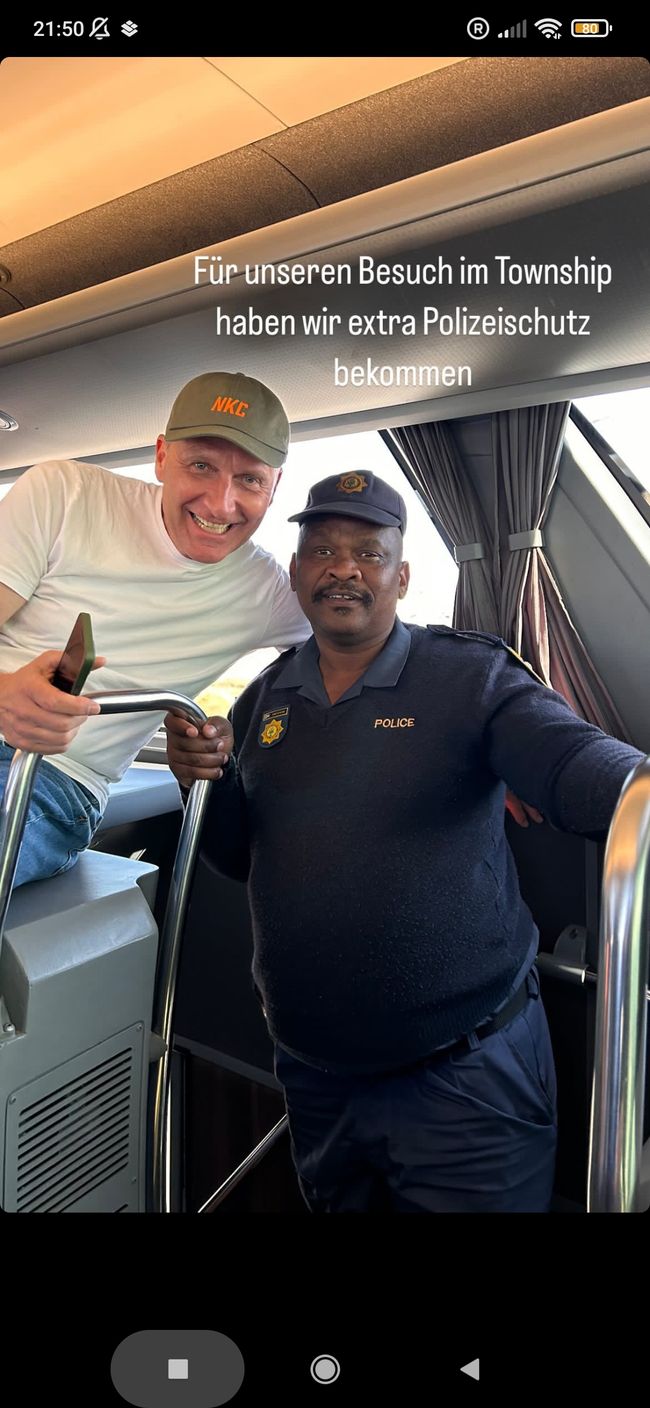
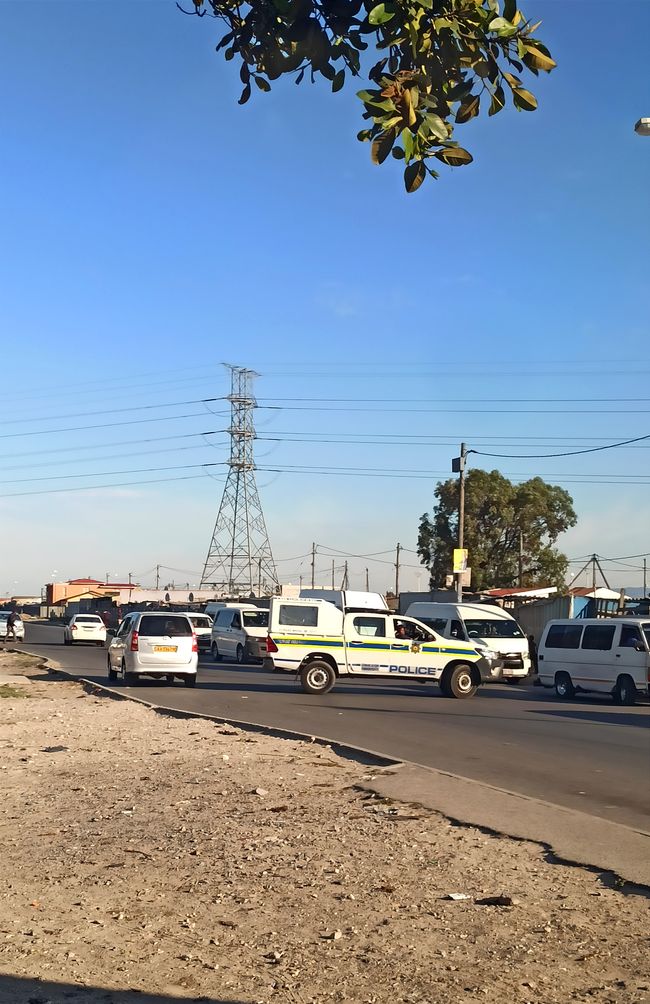
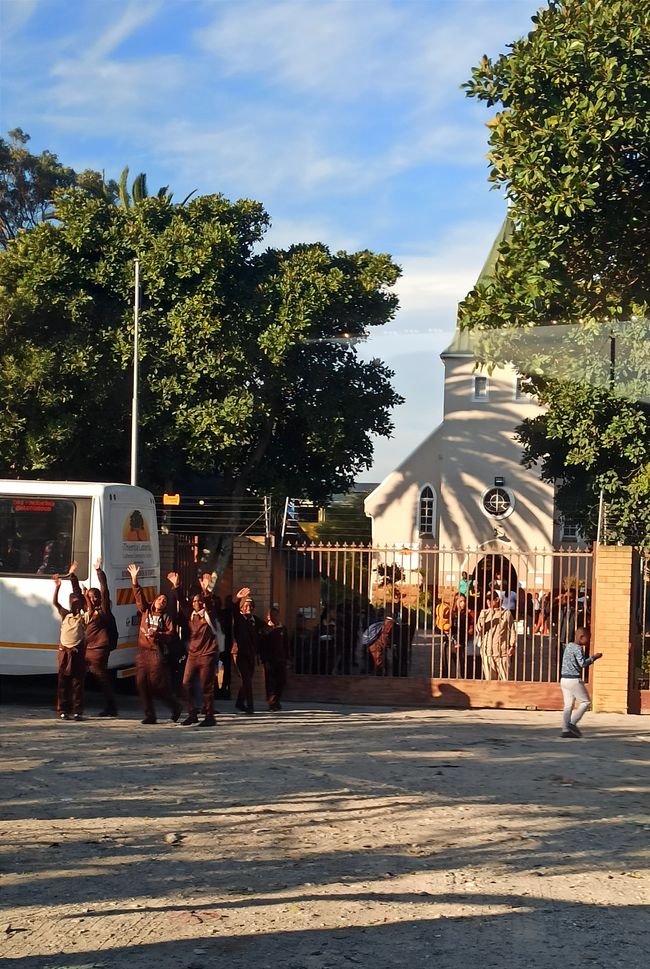
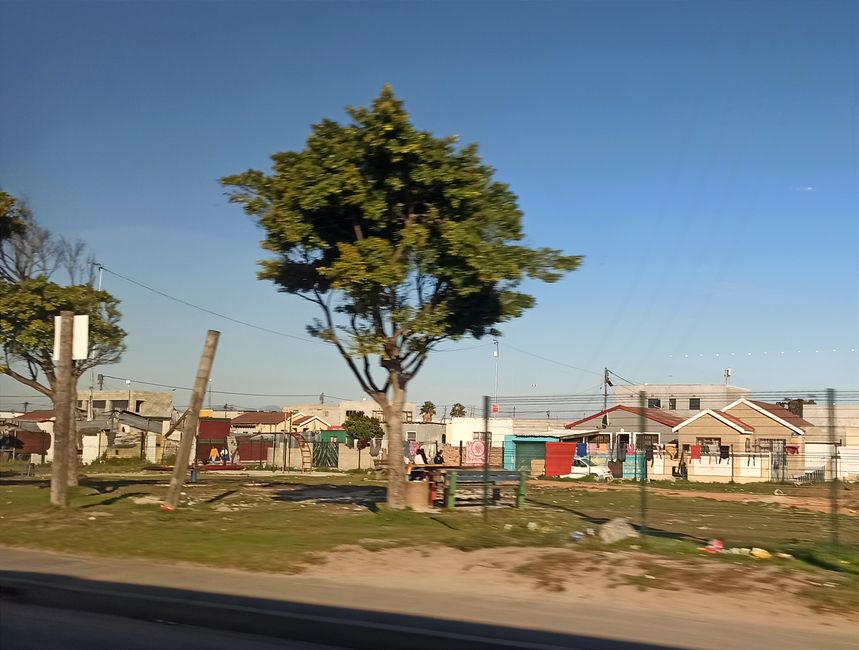
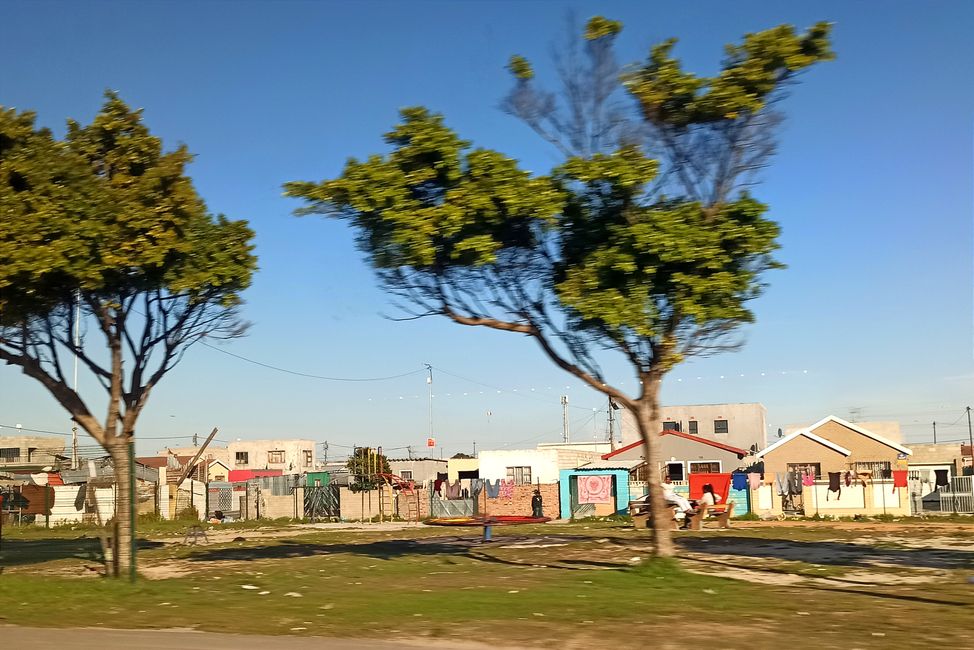
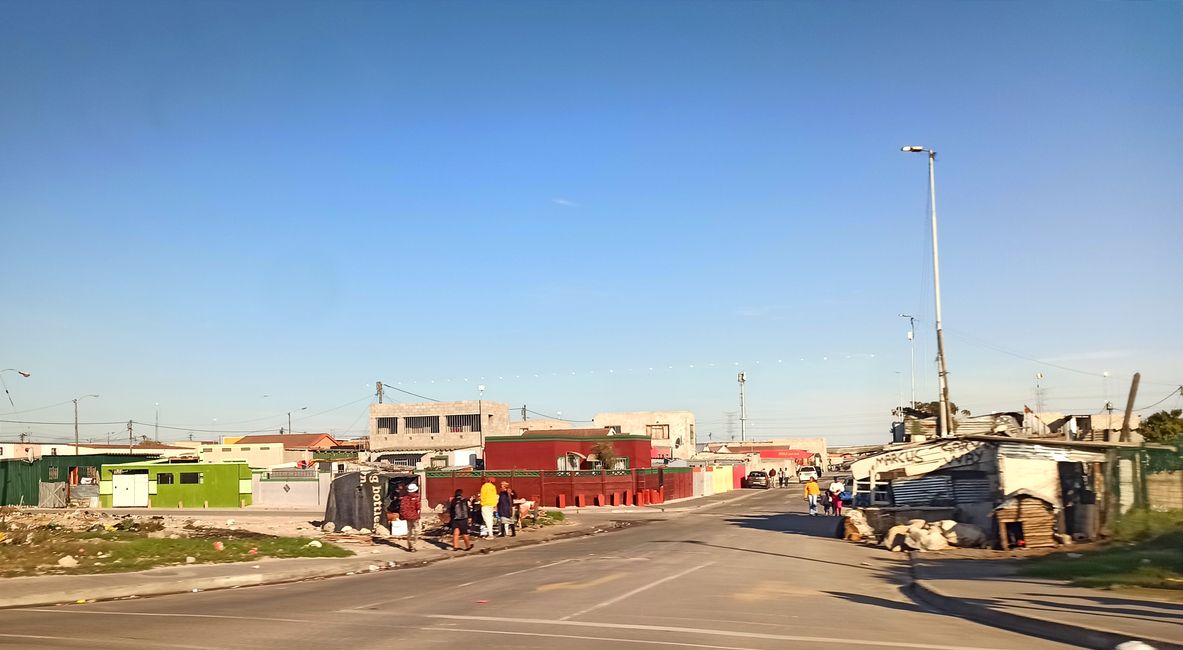
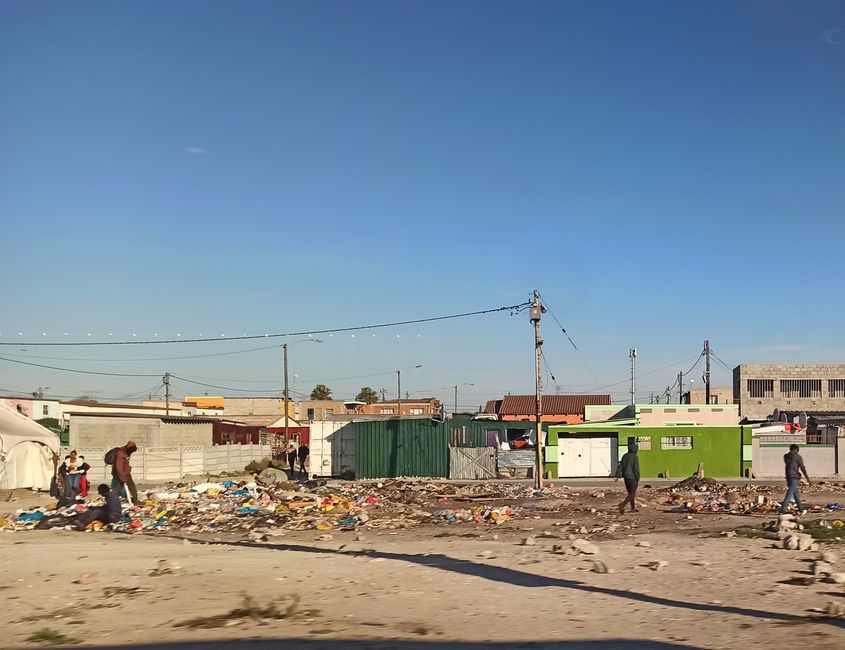

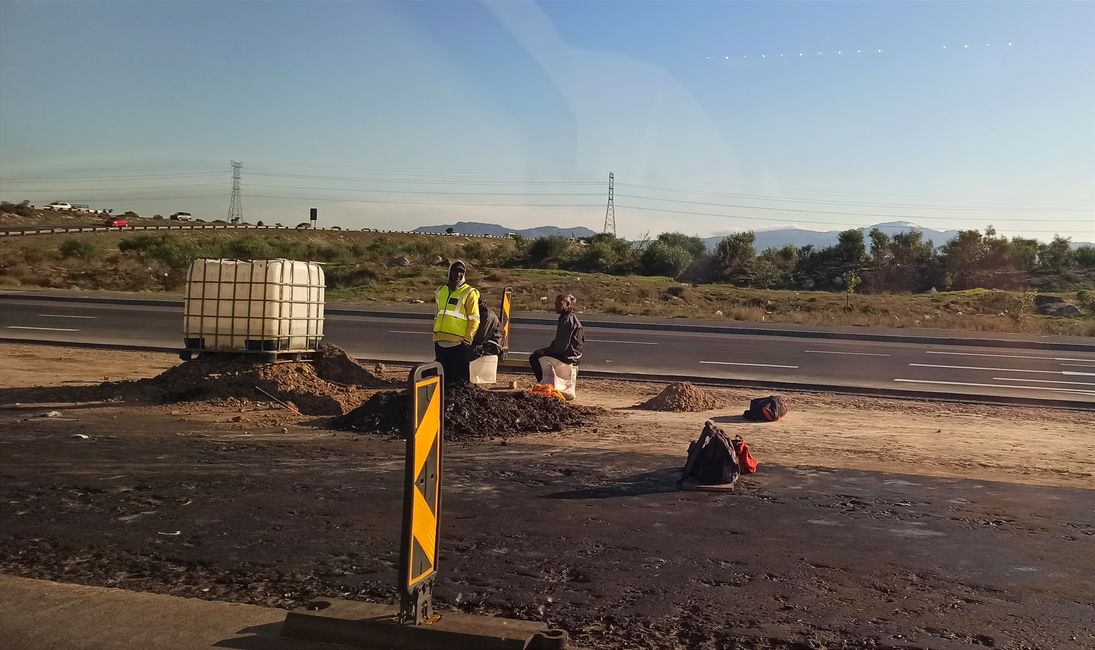
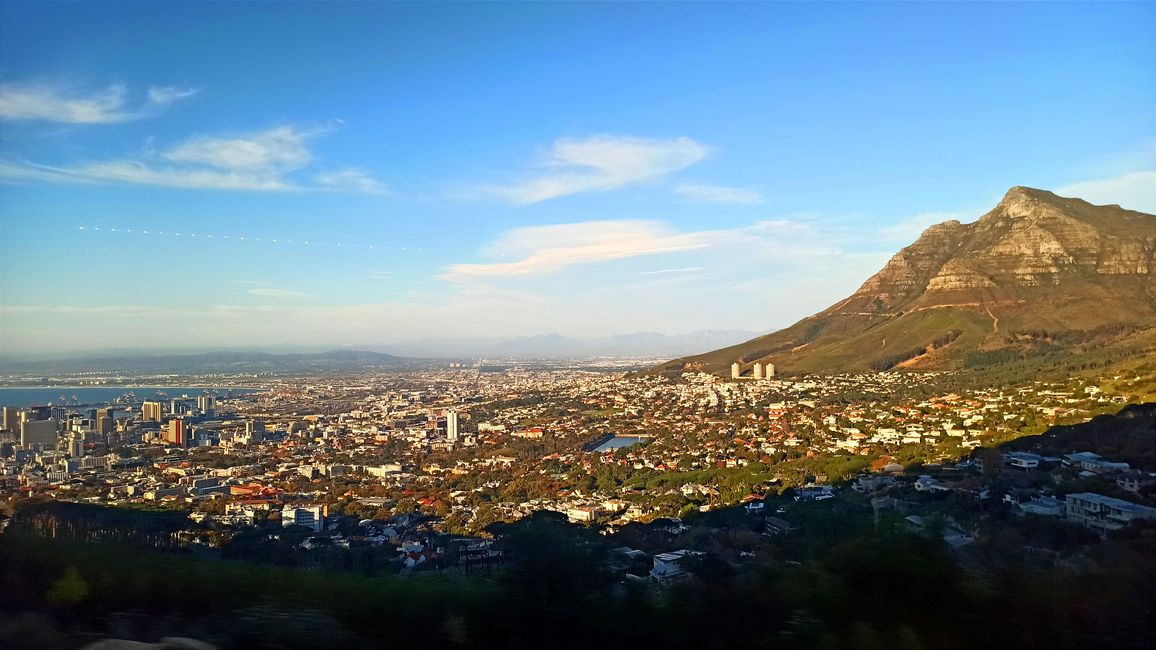
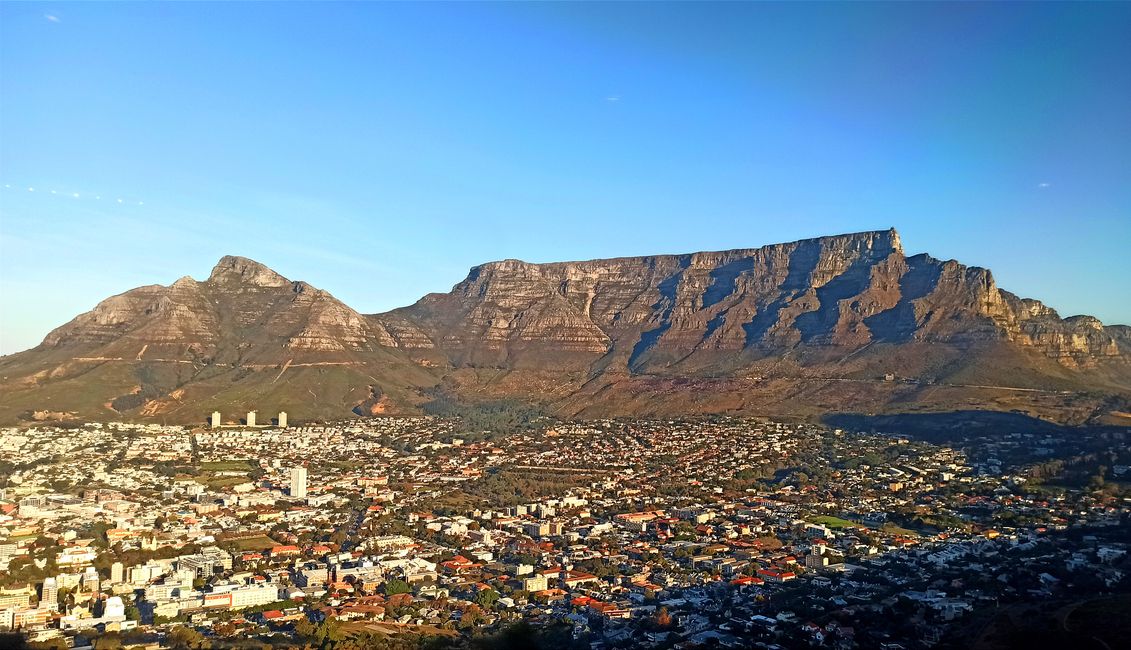
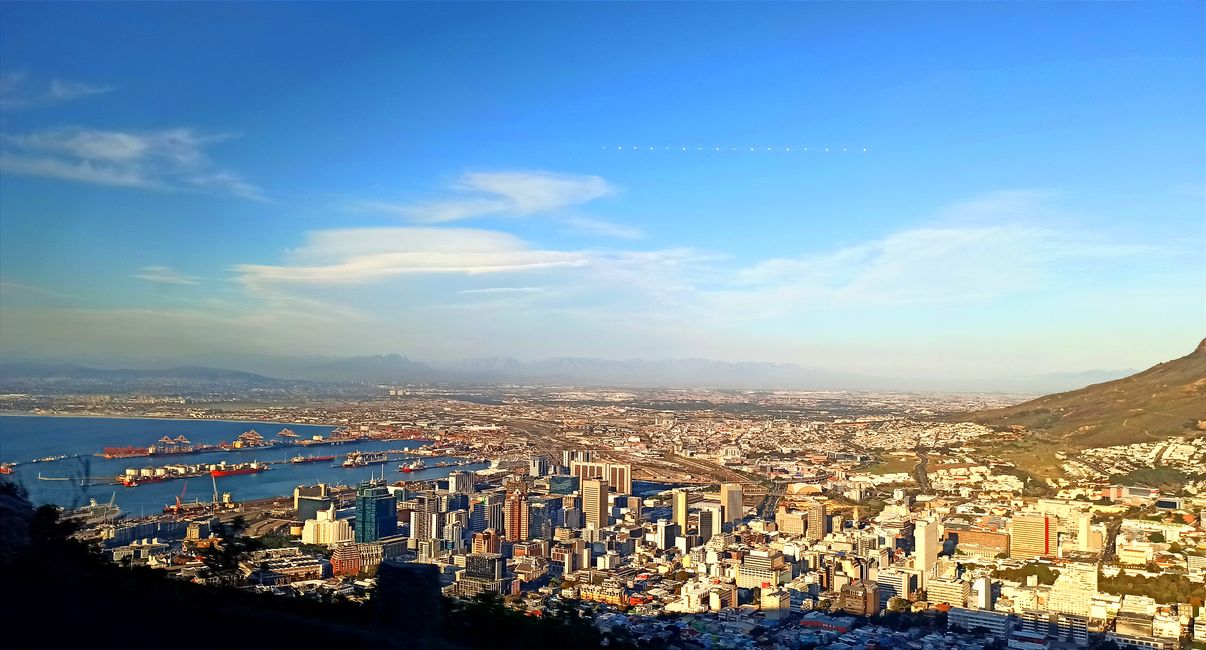
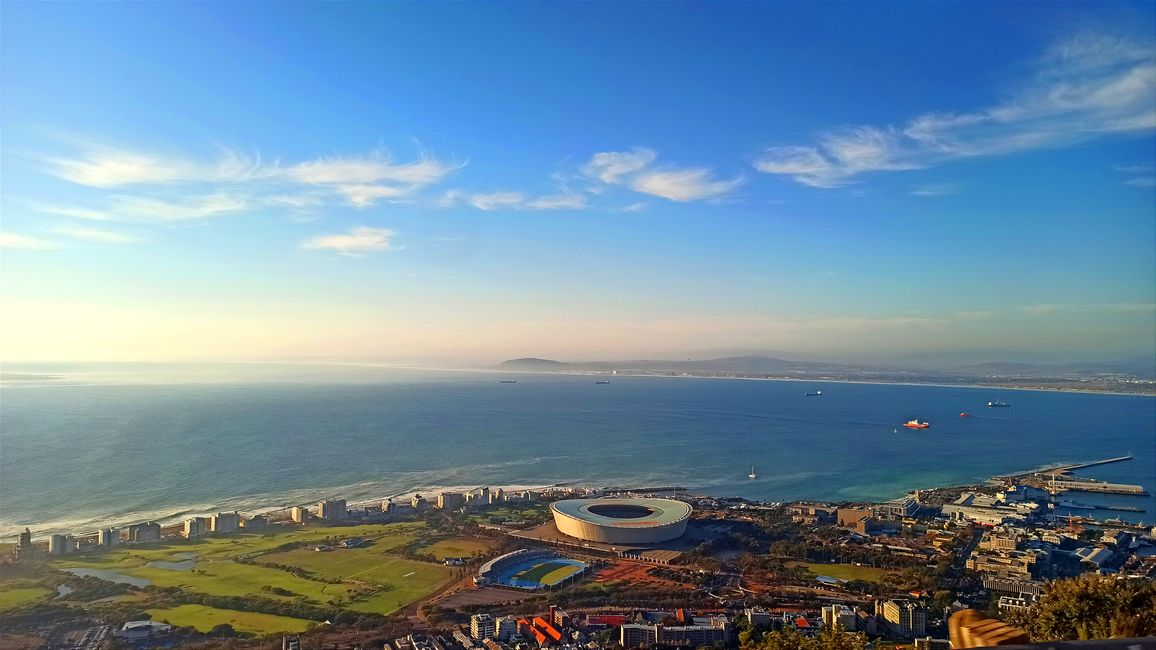
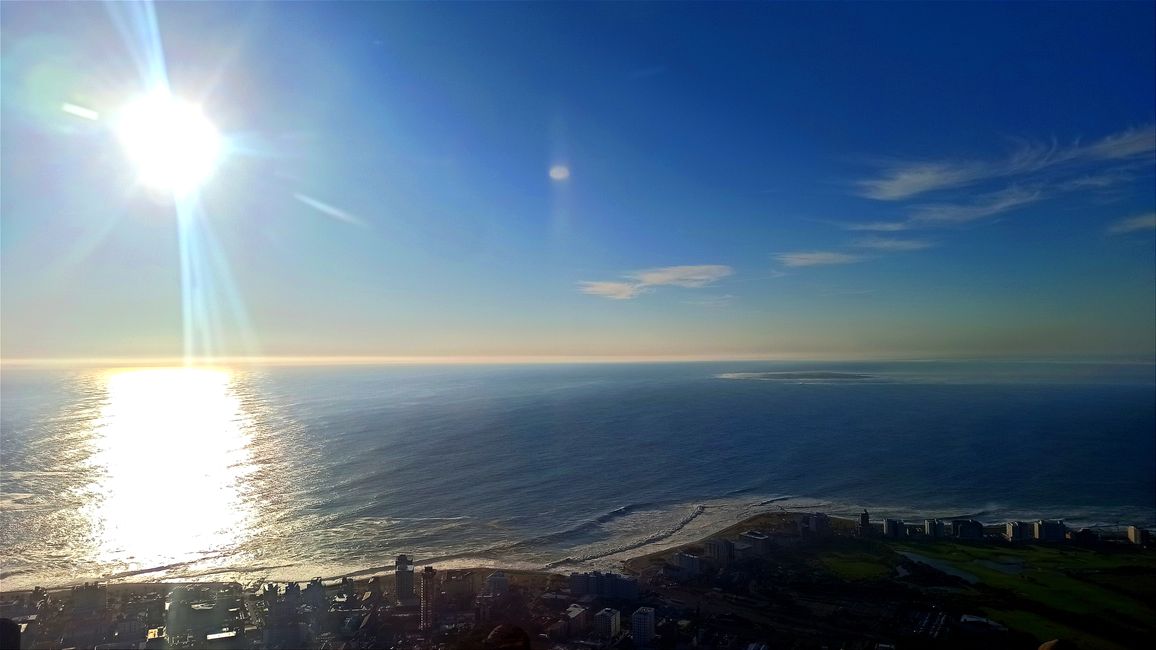
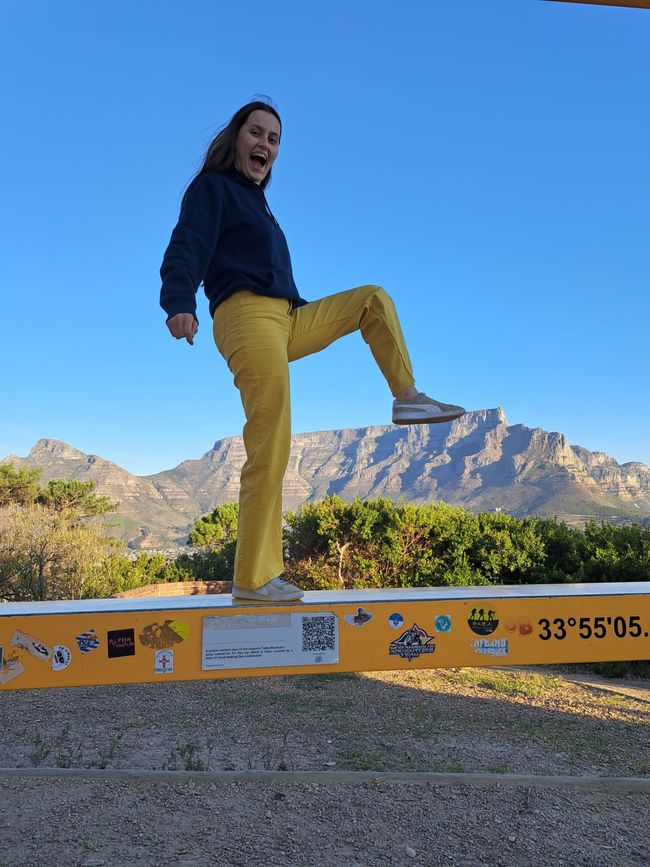
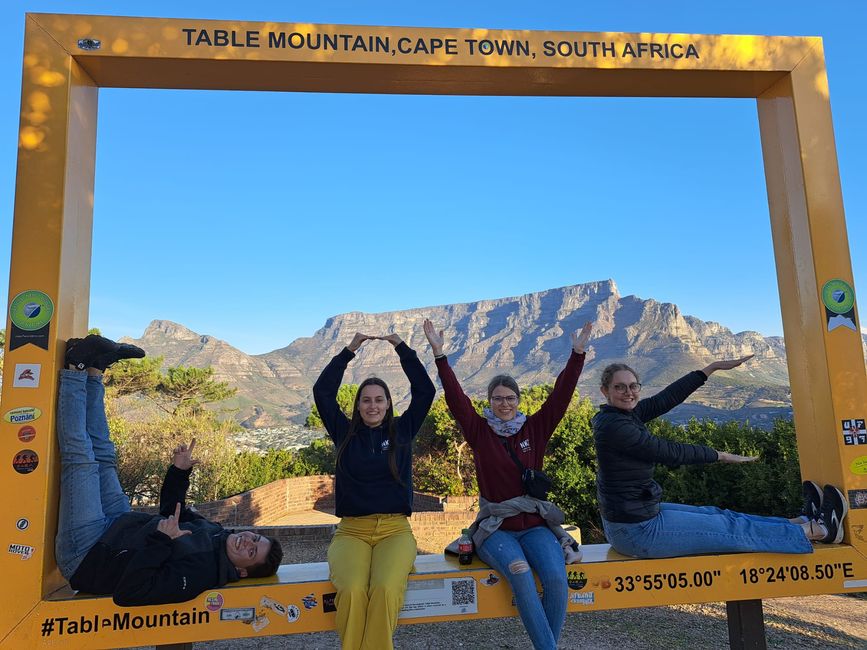
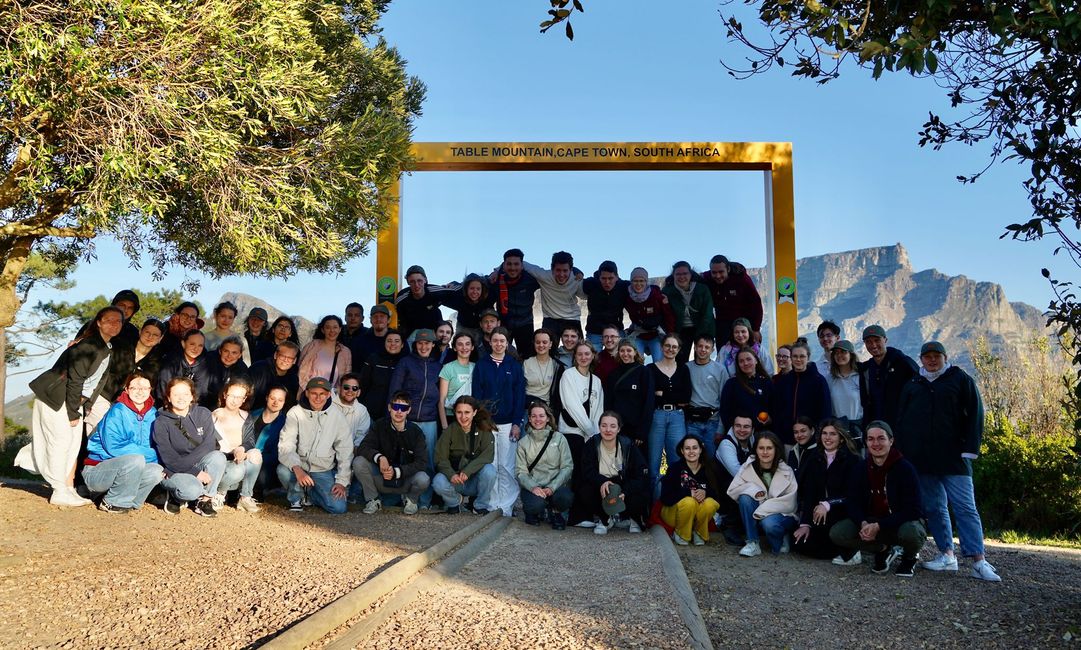

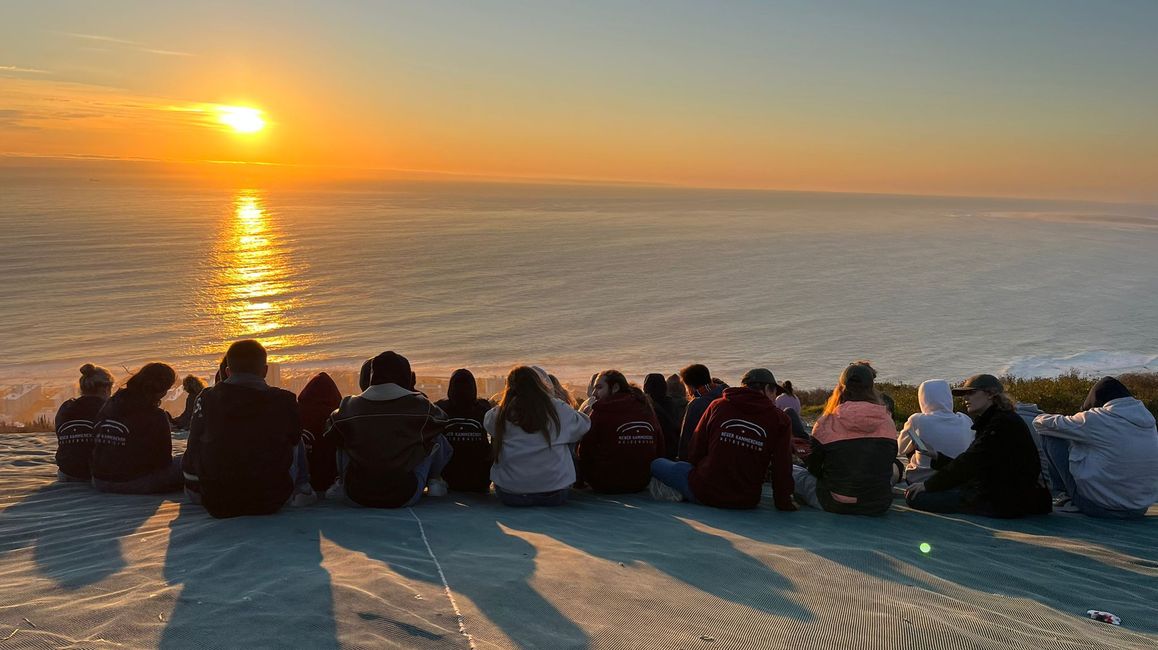
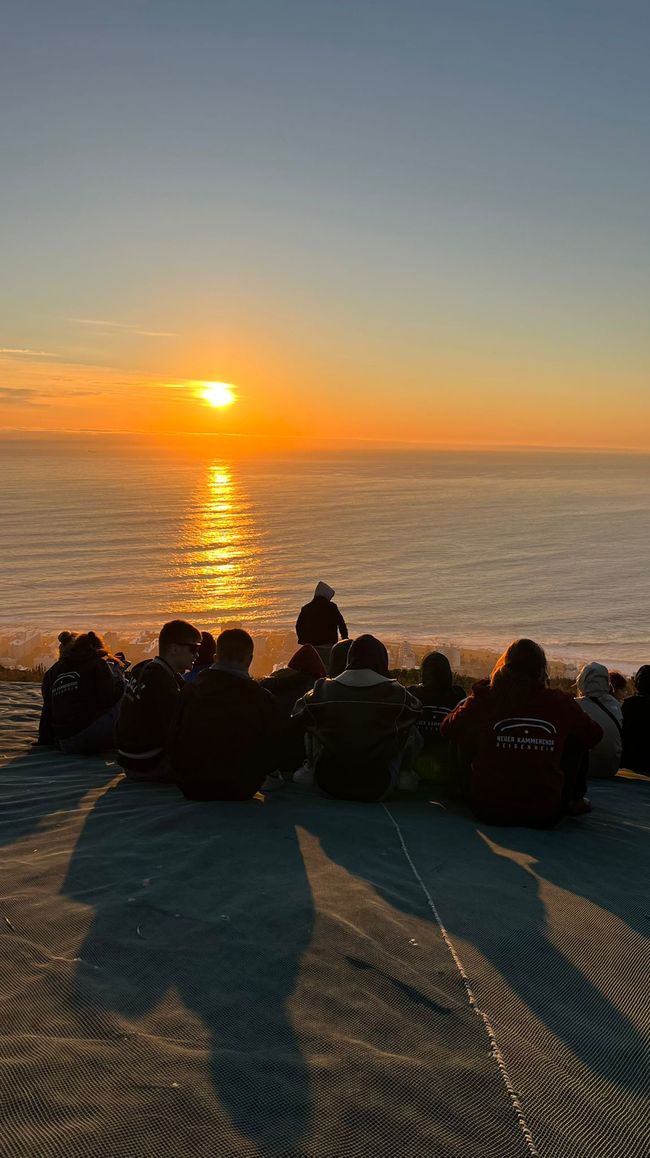
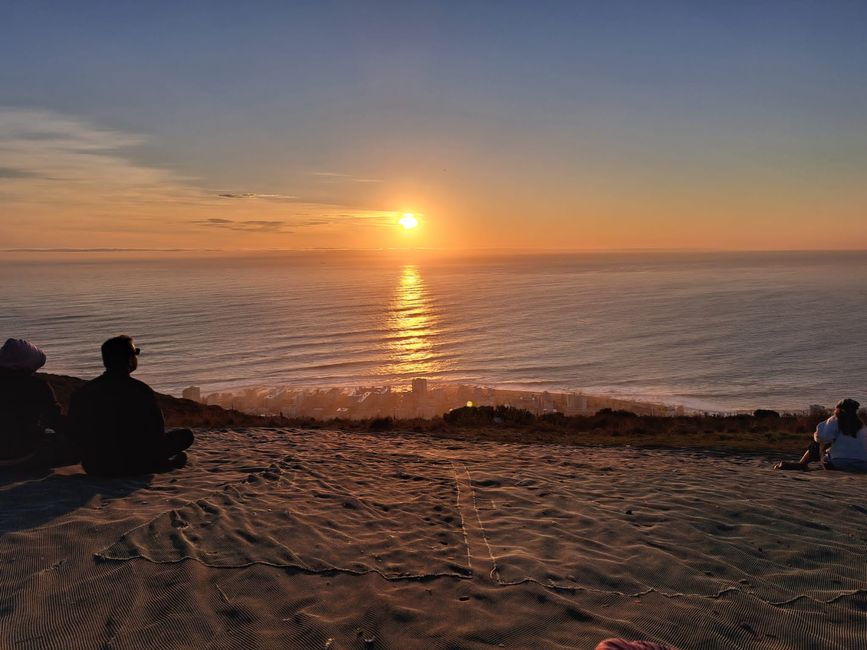
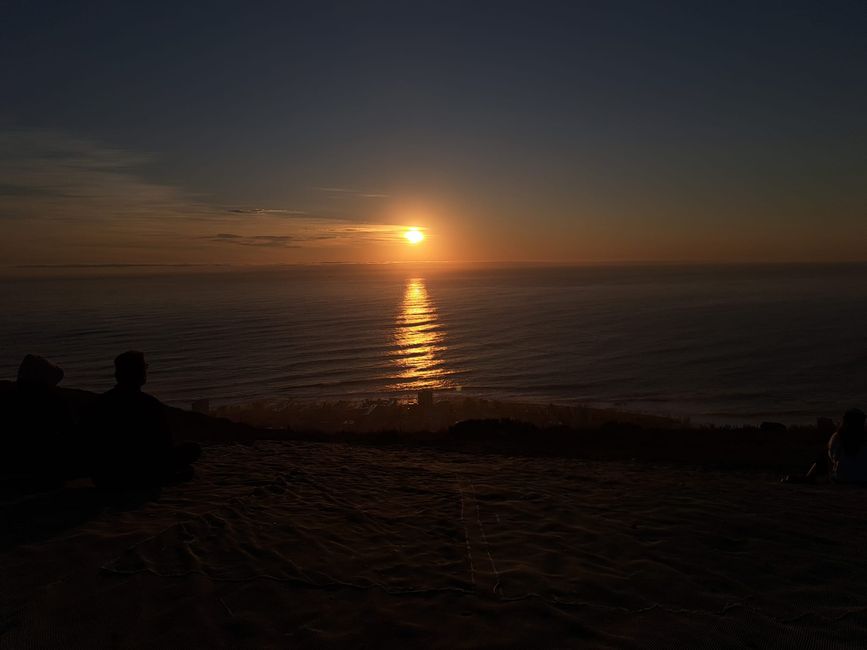
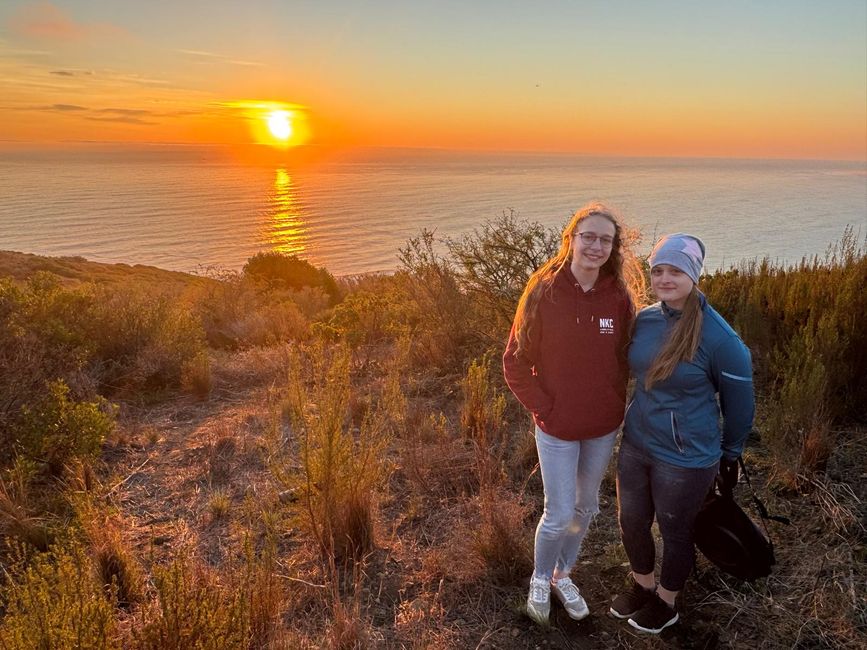
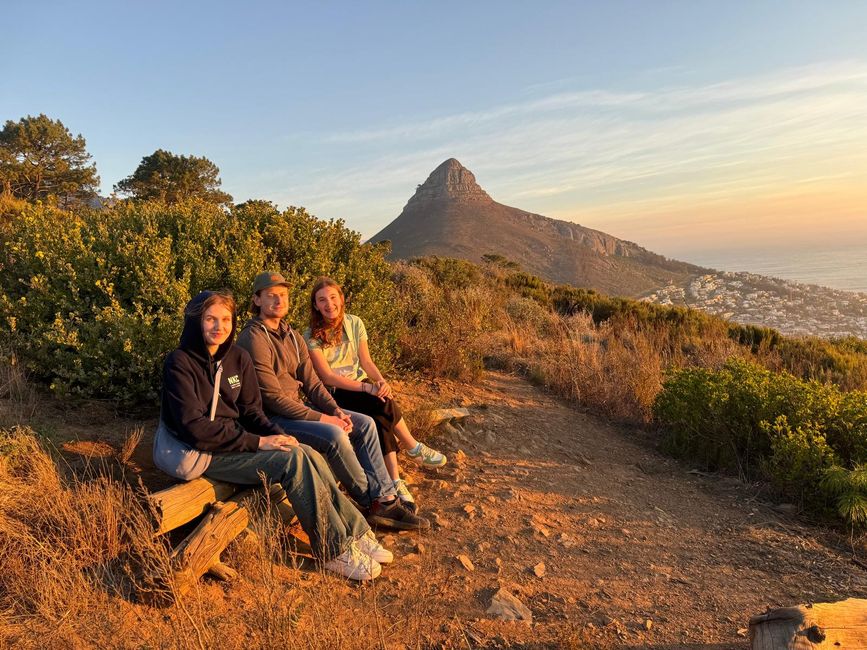
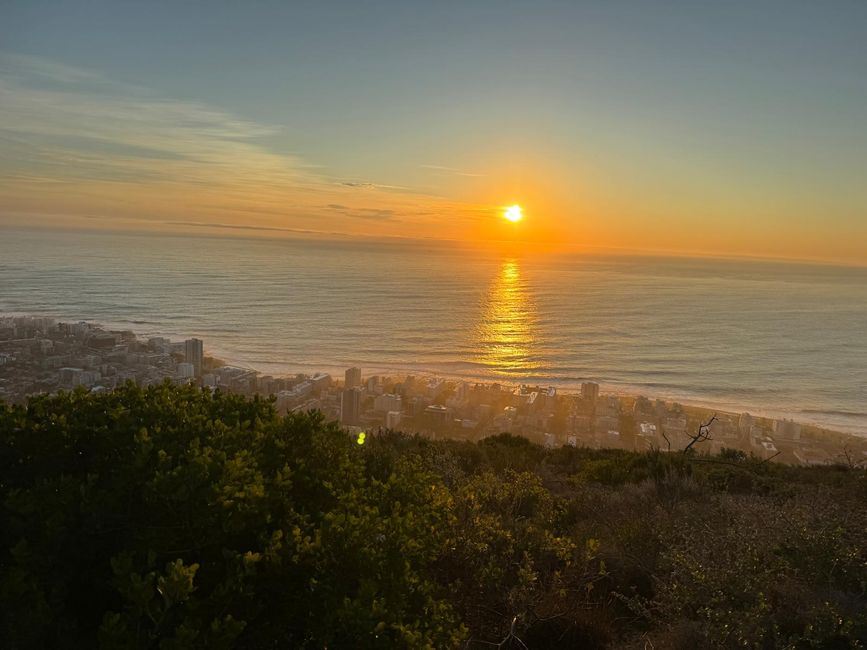
ସମ୍ବାଦପତ୍ରକୁ ସବସ୍କ୍ରାଇବ କରନ୍ତୁ |
After we had fortified ourselves with breakfast in our hostel, we left at 9 a.m. and made our way to a supermarket where we stocked up on snacks and water for the next two days. Because you should definitely not drink the tap water here!
We then continued towards Table Mountain, which we reached at around quarter past ten. At this point, Cape Town was still under a thick blanket of clouds, but we had left these behind us at the valley station of the gondola that leads up to the top of Table Mountain and were greeted by the sun. A short time later, we were taken up to 1087 m in this gondola. The ride was very cool because the round gondola floor rotates and you can enjoy a 360° panorama during the ride without having to move a foot. There was an extremely strong wind at the top of Table Mountain, so you could actually "lean" against it at times. The rock formations and the flora growing between them looked beautiful and from all sides you had a breathtaking view through the ever-opening cloud cover down to the city and the Atlantic Ocean.
The Table Mountain massif also includes the "Devil's Peak" at 1002 m, the "Lion's Head" at 668 m, the "Signal Hill" at 350 m, which we would also visit later, as well as the mountains of the "12 Apostles" between 780 and 800 m high.
The floristic diversity on Table Mountain is enormous. While the Cape region is by far the smallest of the world's six floral kingdoms, it is nevertheless the most species-rich in the world. The special type of vegetation in the Cape region is called "Fynbos", which comes from the Dutch word for fine-leaved plants. In total, the Fynbos vegetation includes 7000 plant species, of which 1470 occur on the 60 km2 Table Mountain. Many of these species are endemic, which means they cannot be found anywhere else in the world. In the Cape region alone, there are 60/ different species of the genus Erica, while in the rest of the world there are only 26. The heraldic and national flower of South Africa, the King Protea, can also be found on Table Mountain. The calyx of this plant can reach a diameter of up to 20 cm.
We had time until 12 o'clock to explore Table Mountain and take lots of photos. Then we took an obligatory Grubbafodo and made our way back down.
This was followed by a half-hour drive to the Philippi area. Pastor Otto Kohlstock joined us in the bus there. Otto has lived in South Africa for 40 years and has been managing the iThemba Labantu mission station, which is located in the middle of the Philippi township, for 21 years.
Around 1880, German farmers came to this area and settled there. They were lured to South Africa with false promises. They were promised fertile land, but what they got was the exact opposite. For decades, these people built up Philippi and grew and sold vegetables and fruit for Cape Town. During apartheid, Philippi was declared a black area and the descendants of the Germans had to move away.
A huge slum area was created that still exists today. So when Otto got on, we were given police protection because it would have been too dangerous to just take the bus into the township. Crime has increased dramatically in recent years, so that even Otto, who is very well known here, can no longer walk the streets alone because he will be attacked. The perpetrators are usually on drugs, so they don't care who they rob or with what means. One of the reasons for the enormous crime rate is that unemployment among young people is at 65%.
In the middle of the Philippi township lies the iThemba Labantu Lutheran Community Centre, which Otto founded in 2003 and has been managing since then. iThemba Labantu means people's hope. The centre was founded to combat hunger, unemployment, HIV/AIDS and crime, among other things. The founding of a soup kitchen was followed by programs for HIV-positive women and the construction of an AIDS hospice, the building of which was converted into a primary school in 2016.
Today, 600 children and young people go to school on this site every day, receive meals and afternoon care. In addition to a pre- and primary school, there are also three different training schools. The young adults can be trained in the areas of automotive mechanics, sanitary technology and, for the last year, cooking.
The organization is deeply rooted in the local community and works closely with partners and donors from home and abroad to achieve its goals. This includes the Wuerth Foundation, whose support we are also pleased about. Many thanks at this point!
When we reached iThemba Labantu at around 2pm, we were immediately welcomed with a small snack prepared by the students of the cooking school. They had even made vegan and gluten-free snacks especially for us and the food was very, very tasty!
After we were welcomed into the small church on the grounds by Otto's deputy Sophia, some of the older students from iThema Labantu entered the church, lined up in front of the audience benches and greeted us with wonderful South African songs. The young adults had such full voices that we were simply thrilled by the performance and of course dancing was also a must;) Then it was up to us to fill the church with singing. In front of an audience of students of different ages and teachers, we sang everything from our repertoire for a good 40 minutes. From "Witness" to "Loreley" to "Don't stop me now", everything was there. The highlight, however, was definitely the South African piece "Kwangena", which we learned last year from the UP Choir from Pretoria. In addition to the accompaniment on the Djmbé, movements are of course a must here too. And as soon as we started singing the piece, the children jumped up and sang and danced along with heart and soul. It was absolutely magical and such a beautiful moment! We left the church singing and spent a little time with the children in the courtyard in the sunshine, took lots of selfies and were allowed to take a look into the classrooms.
Unfortunately, it will soon be time to say goodbye. We had a wonderful time in iThemba Labantu and were able to meet very special people and experience unique moments!
Under police protection, we went back through the streets of Philippi and continued towards "Signal Hill". We spent almost two hours there and enjoyed a beautiful sunset, which was the perfect end to this special day!
ସମ୍ବାଦପତ୍ରକୁ ସବସ୍କ୍ରାଇବ କରନ୍ତୁ |
ଉତ୍ତର
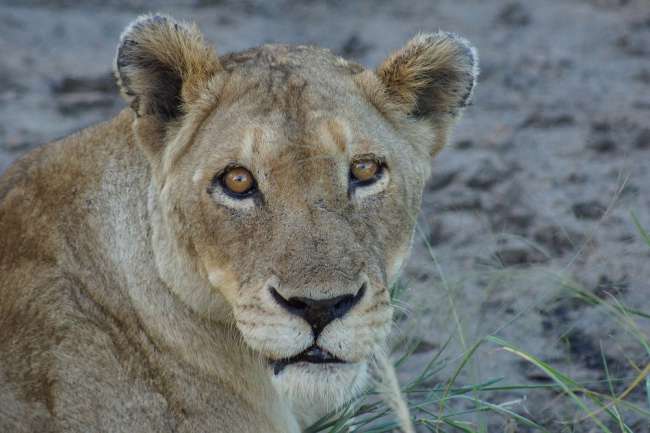
ଭ୍ରମଣ ରିପୋର୍ଟ ଦକ୍ଷିଣ ଆଫ୍ରିକା
